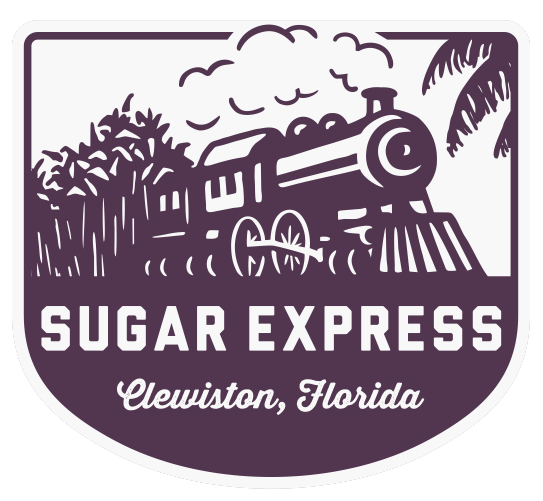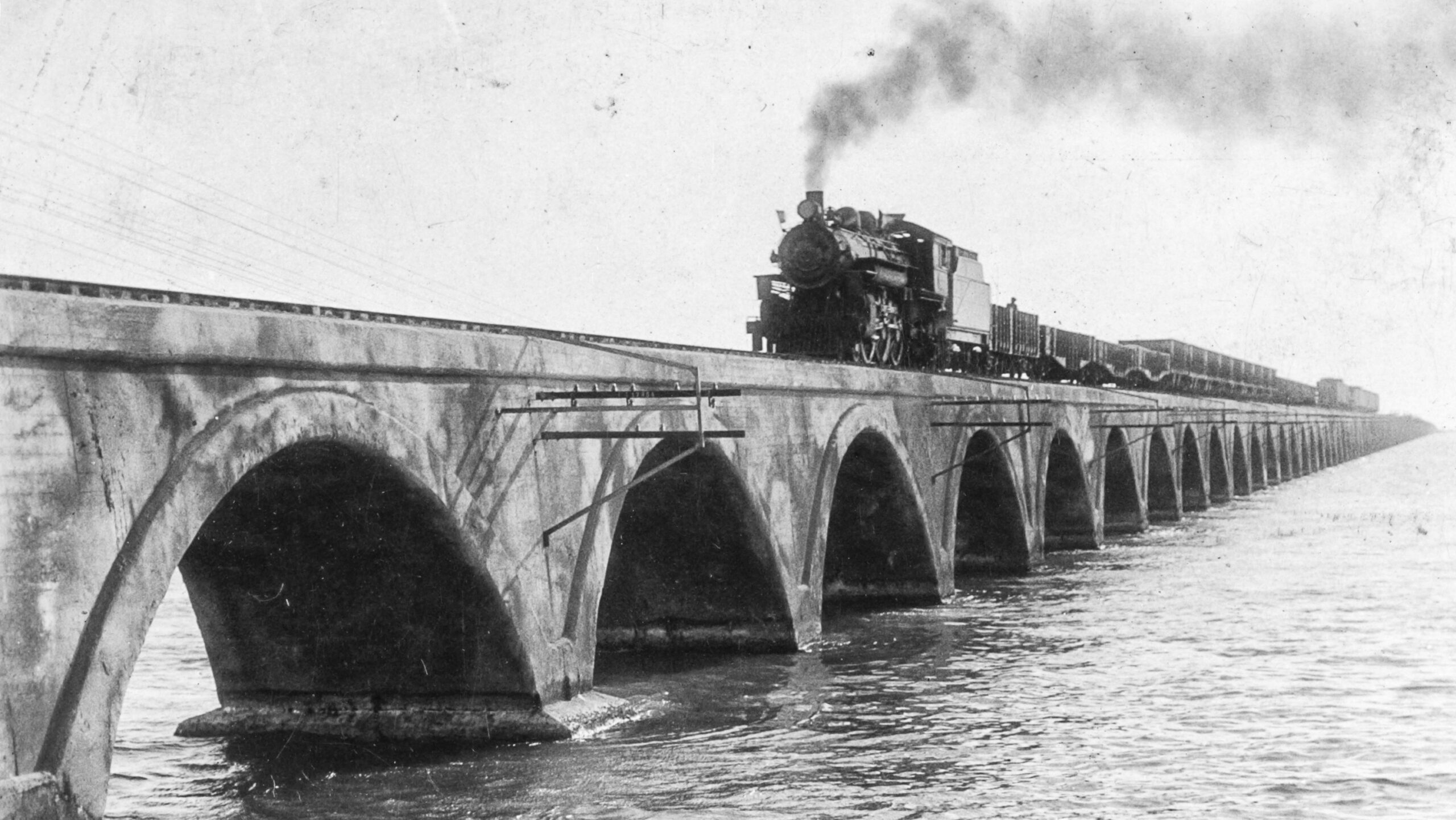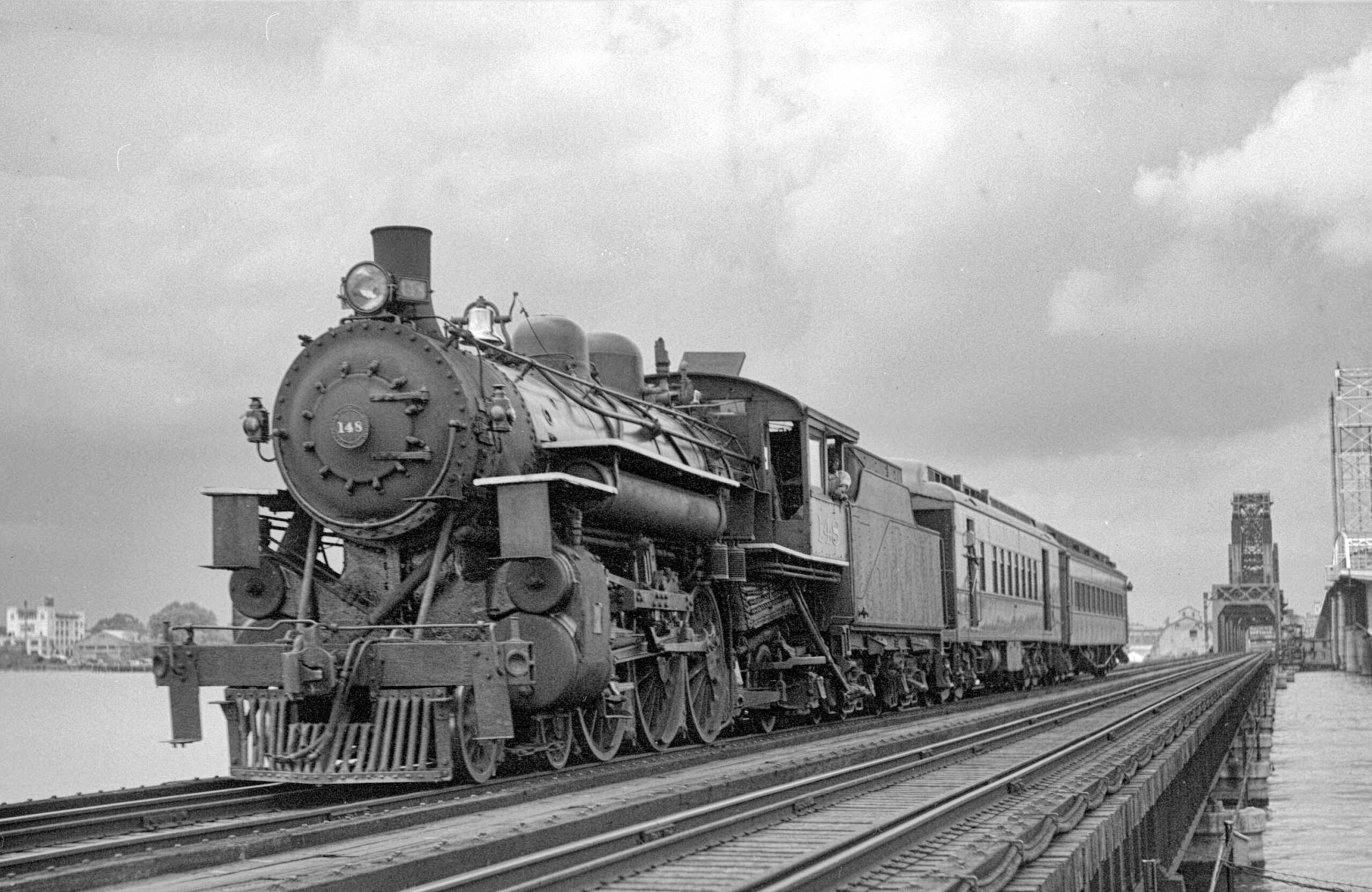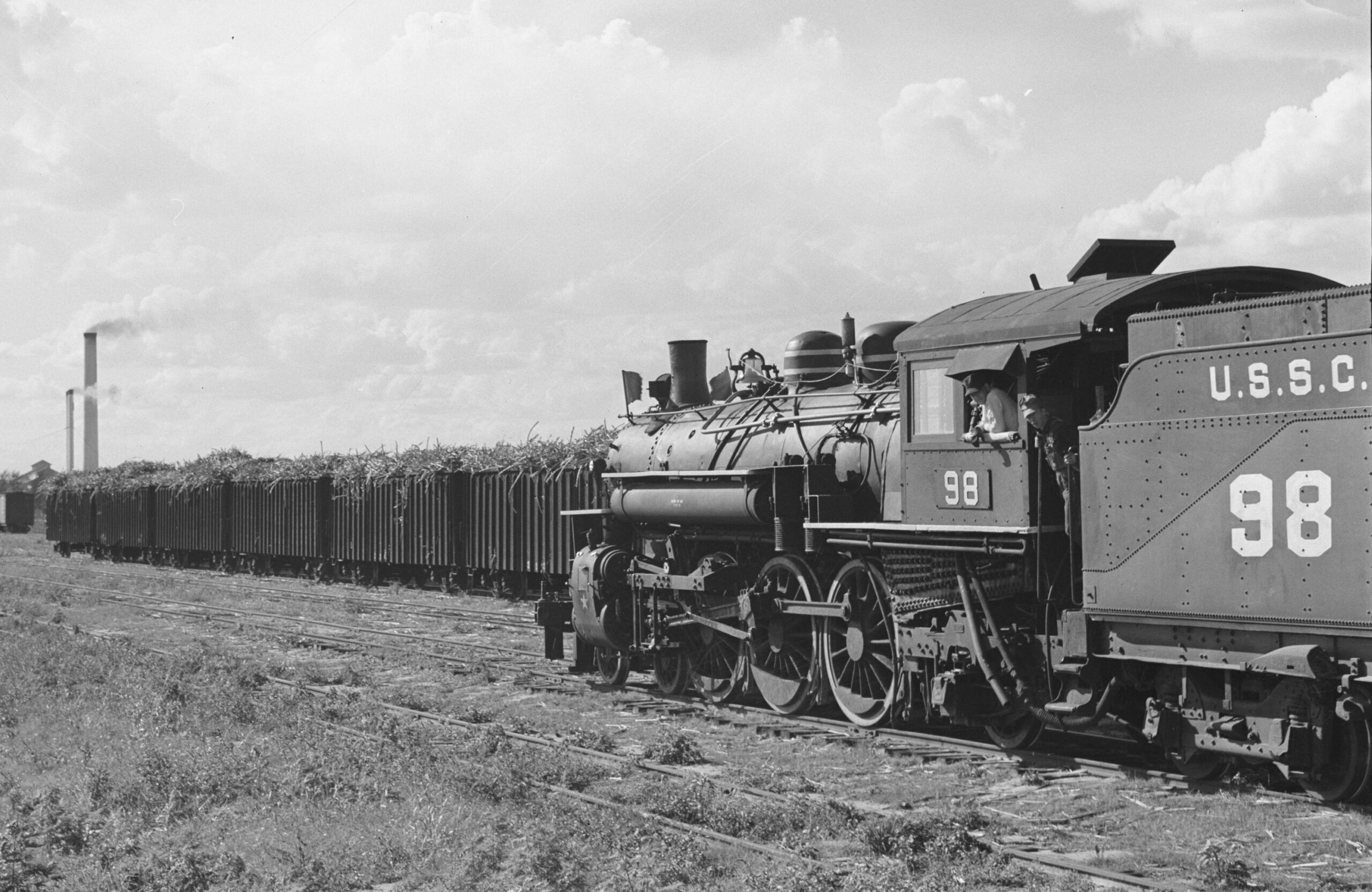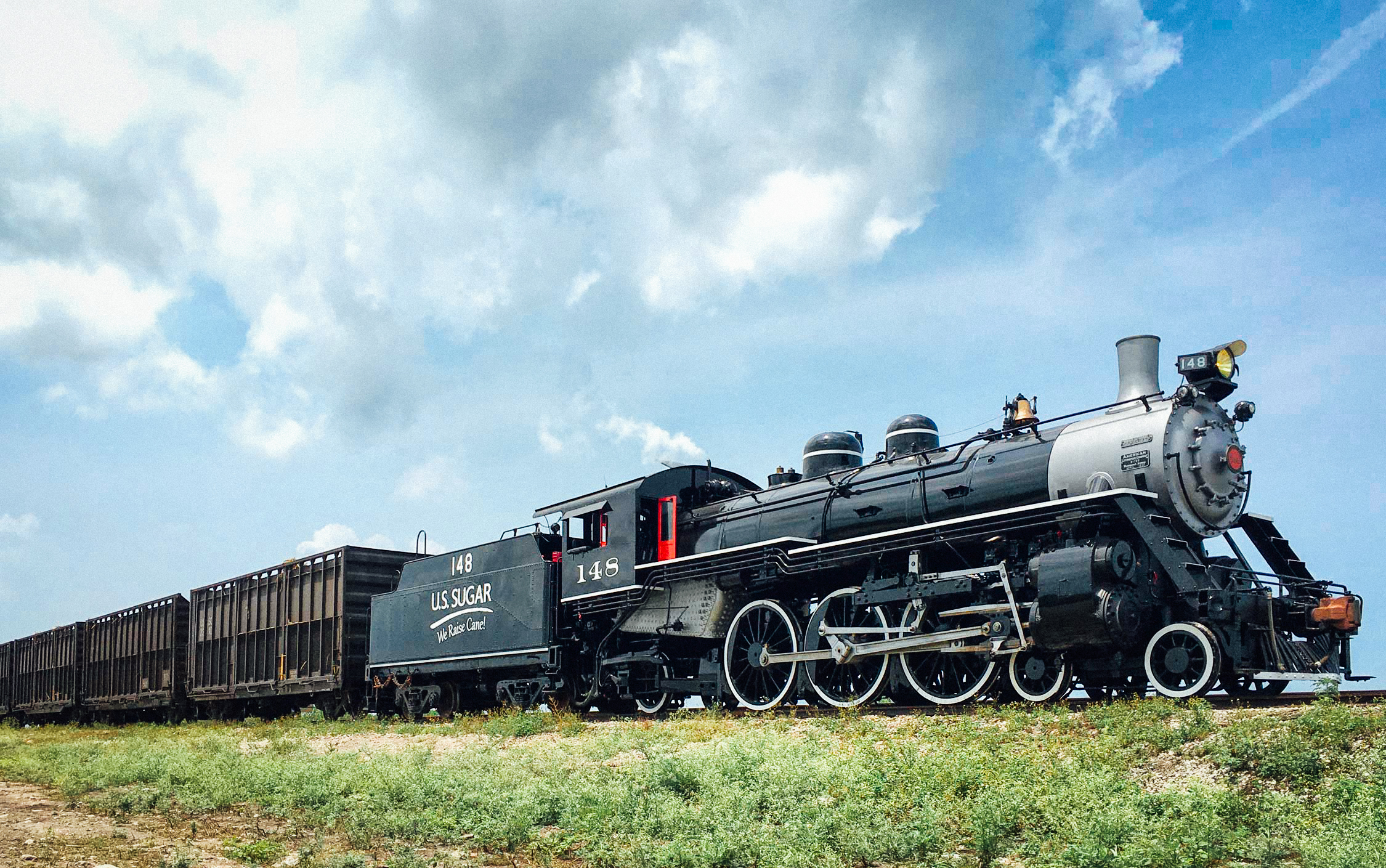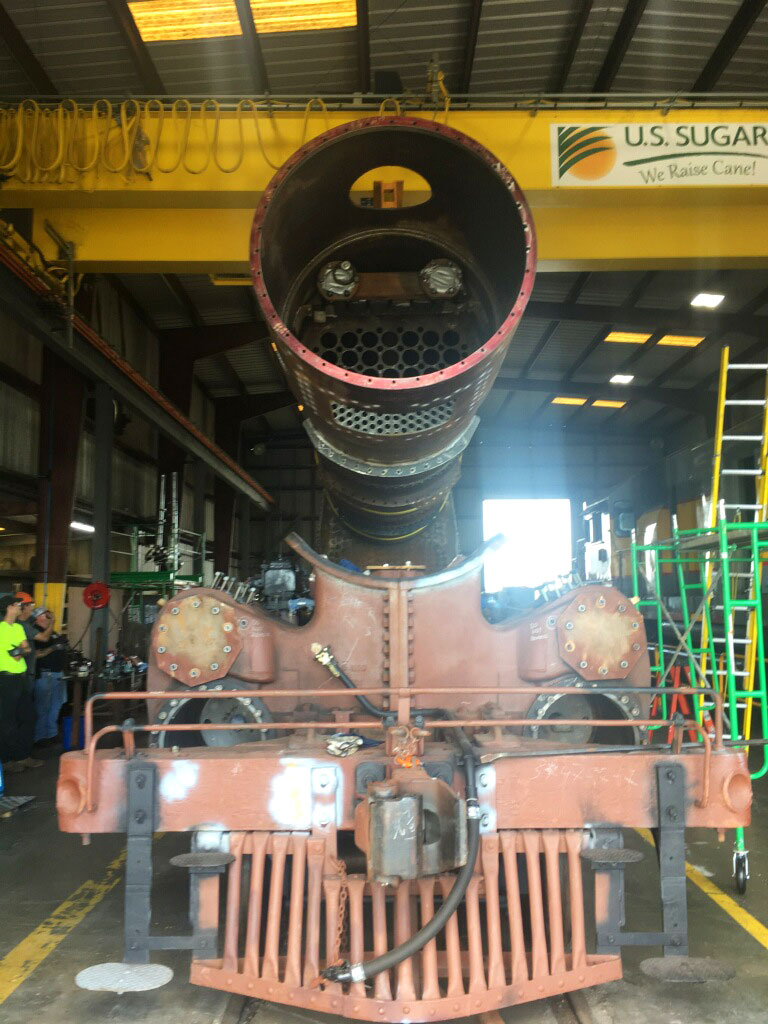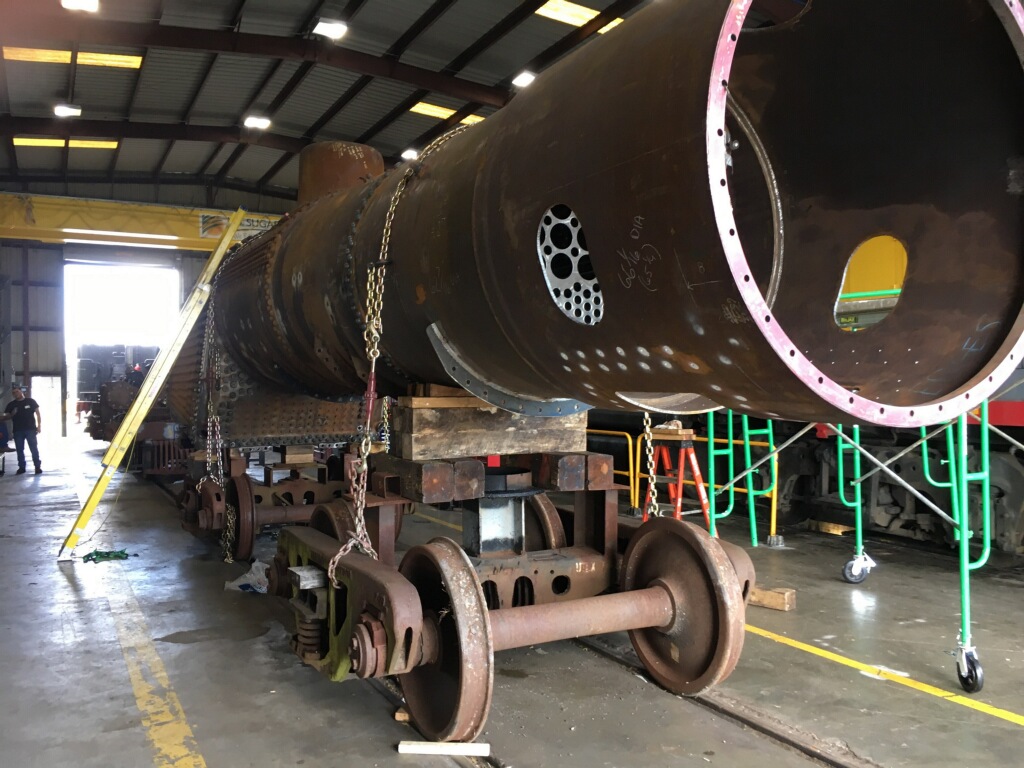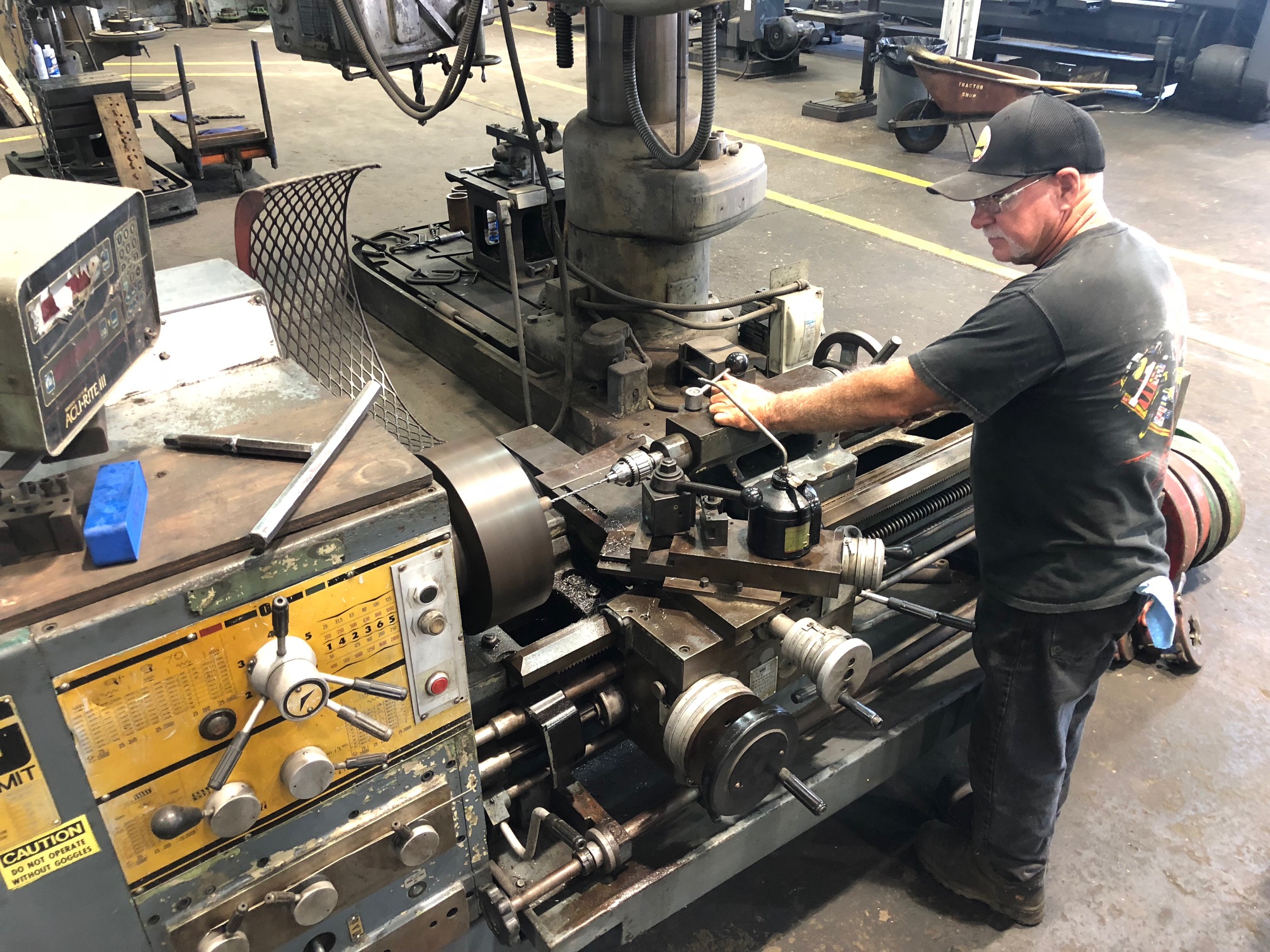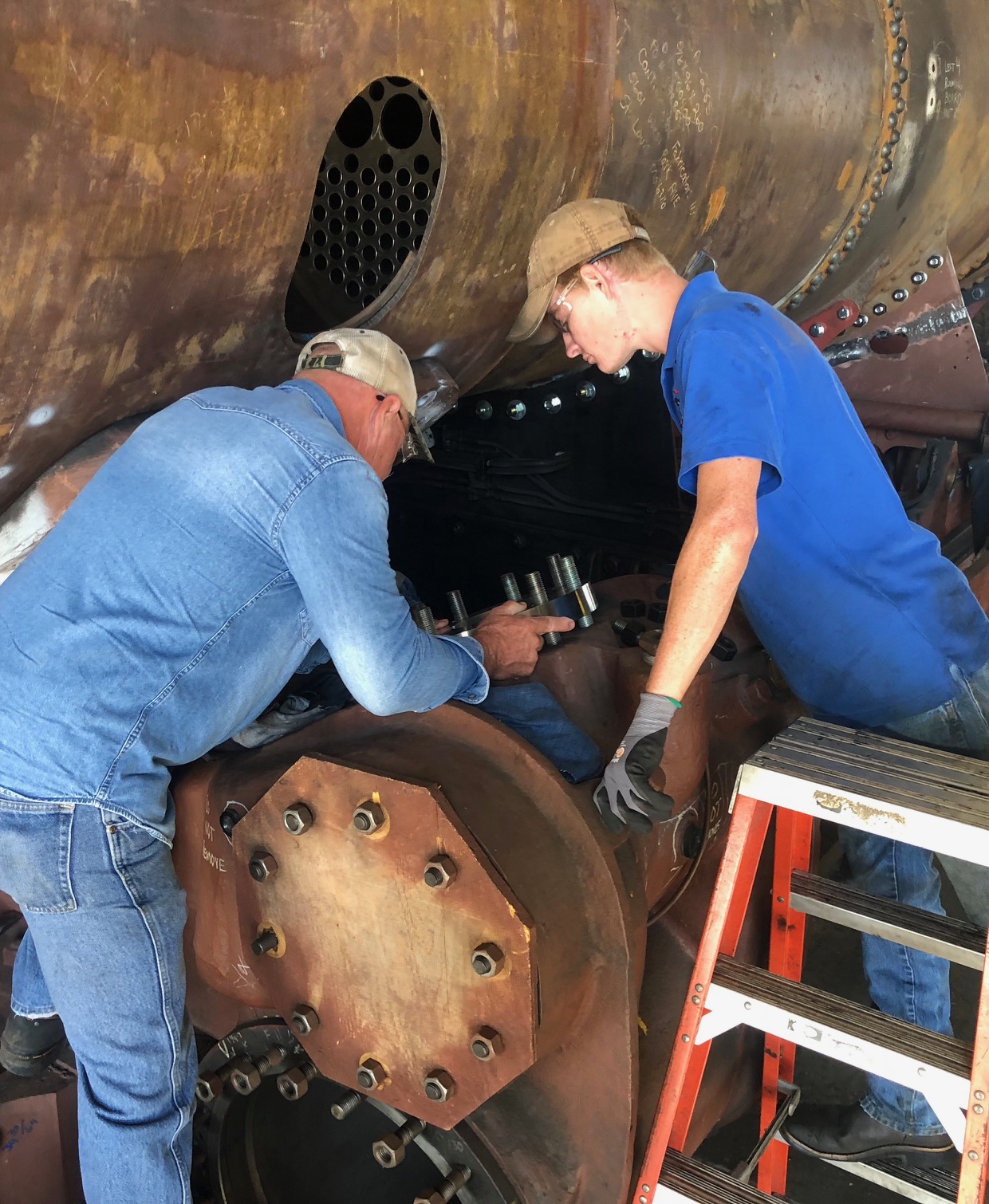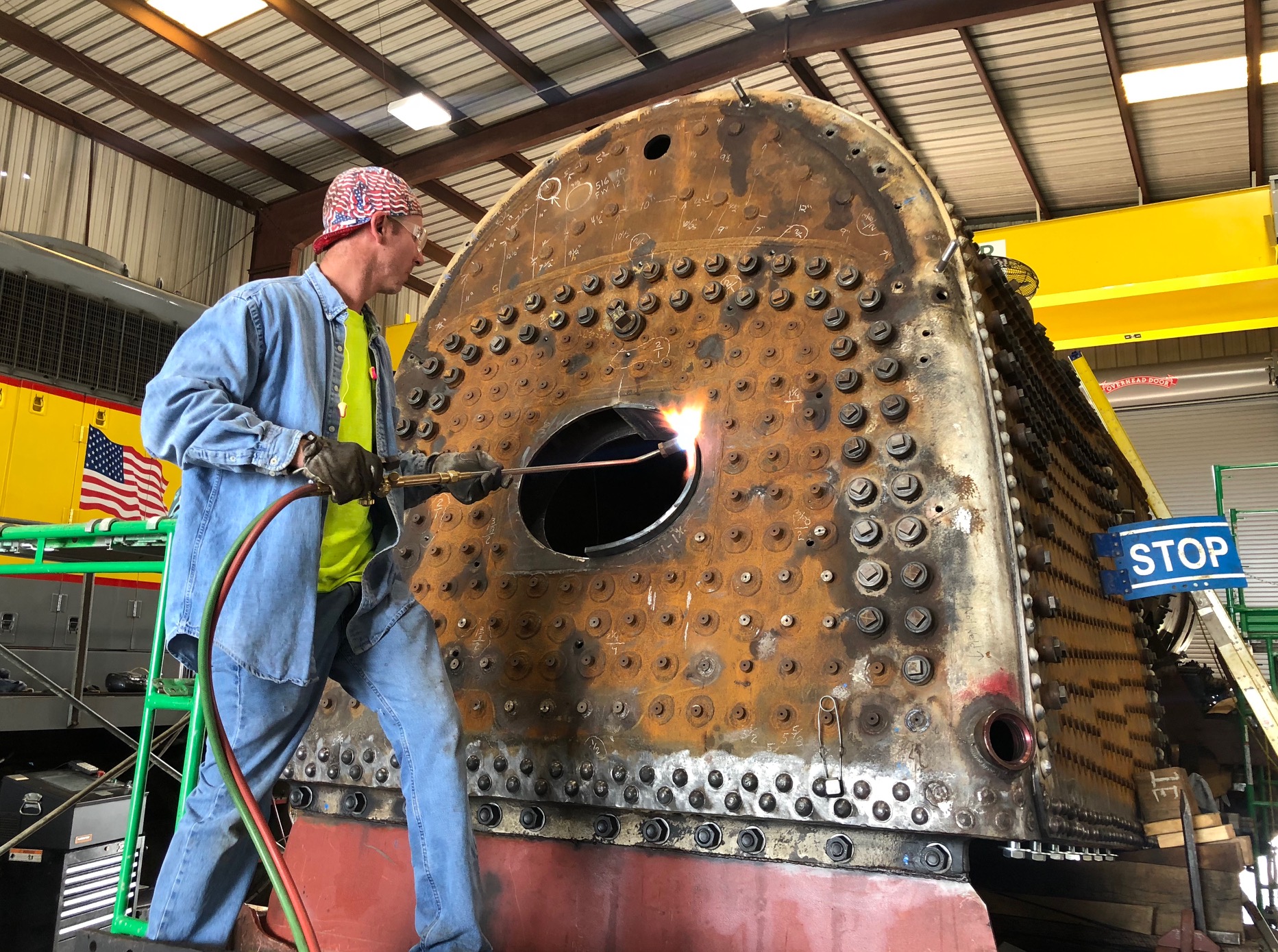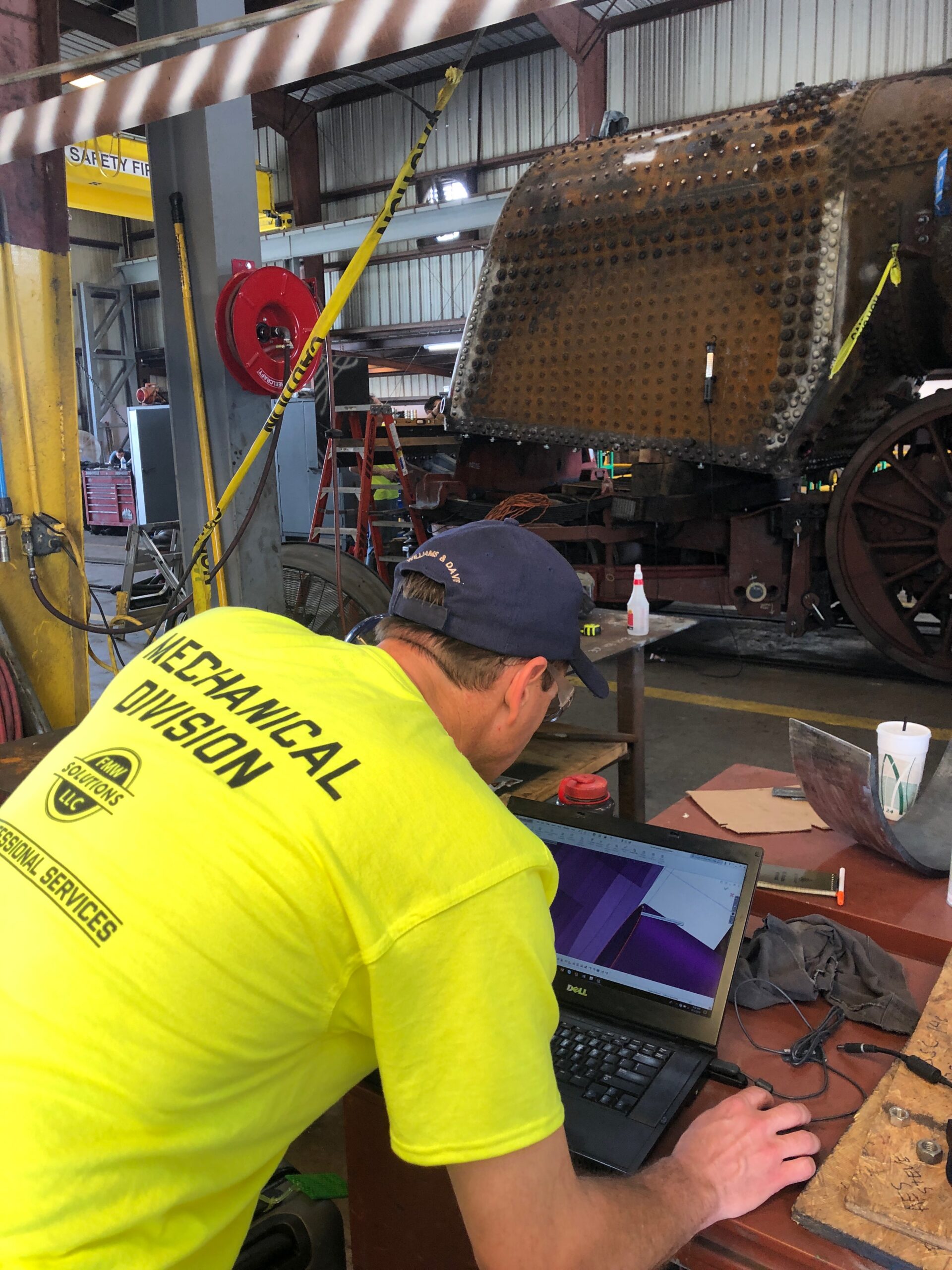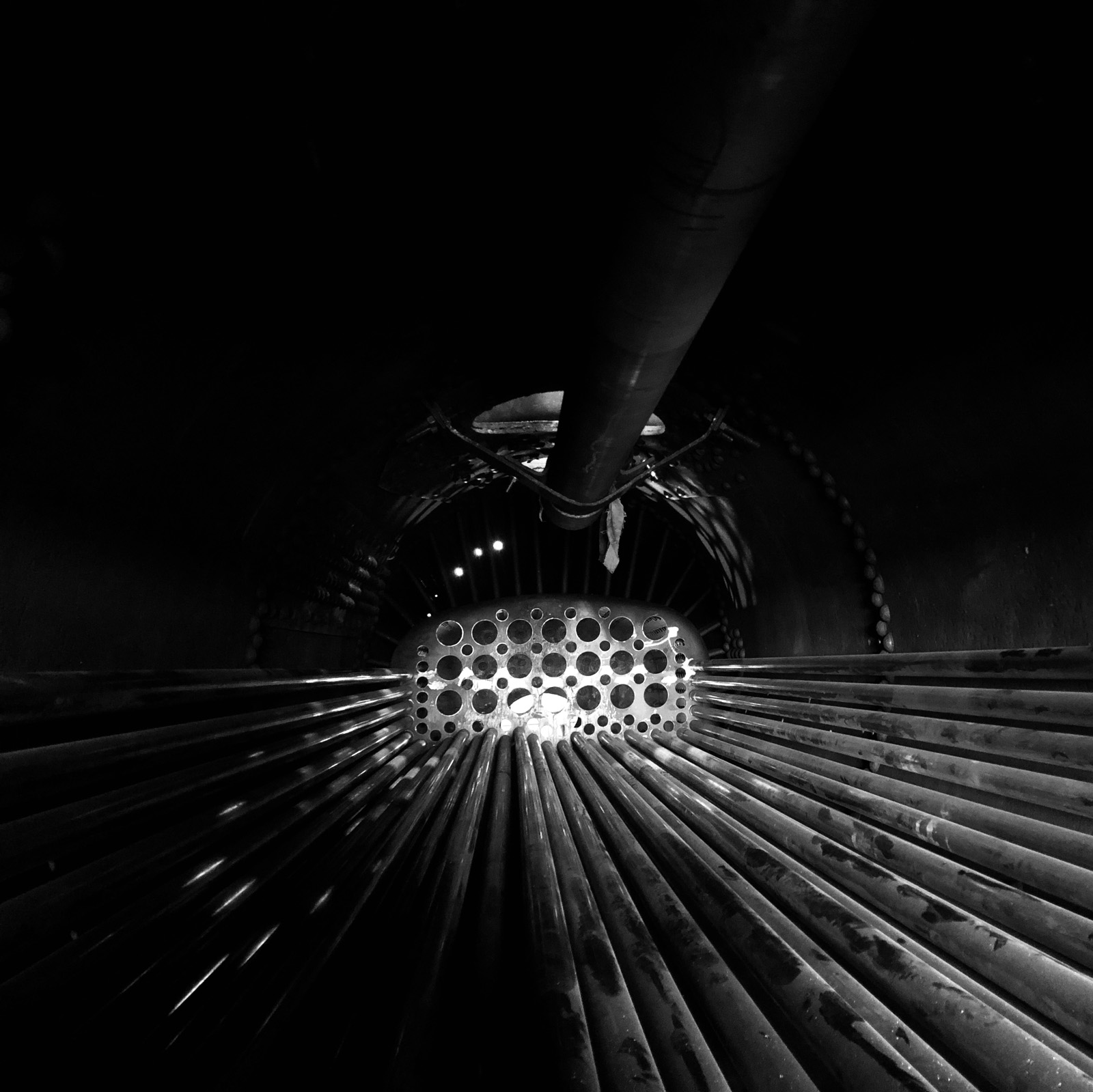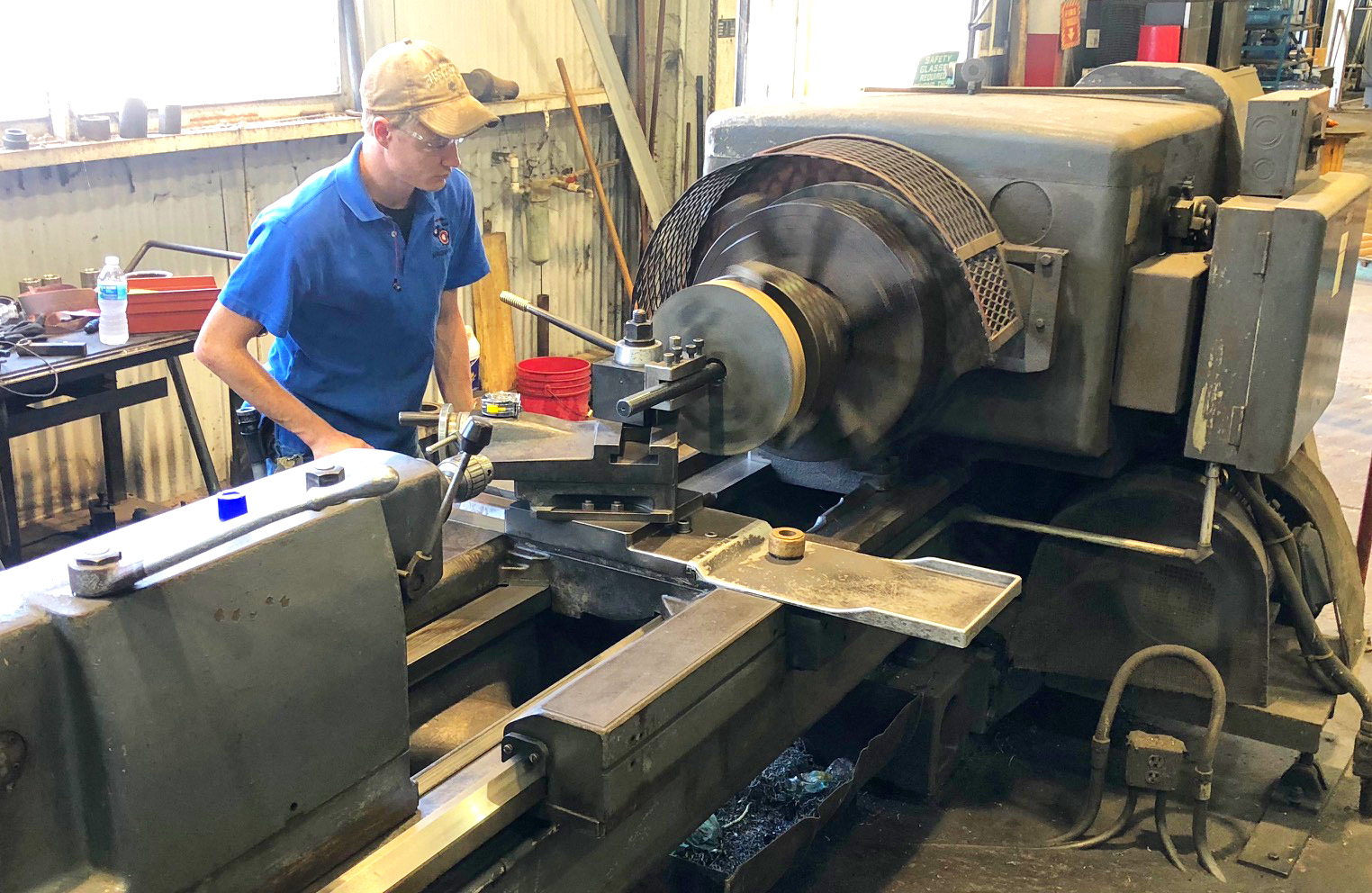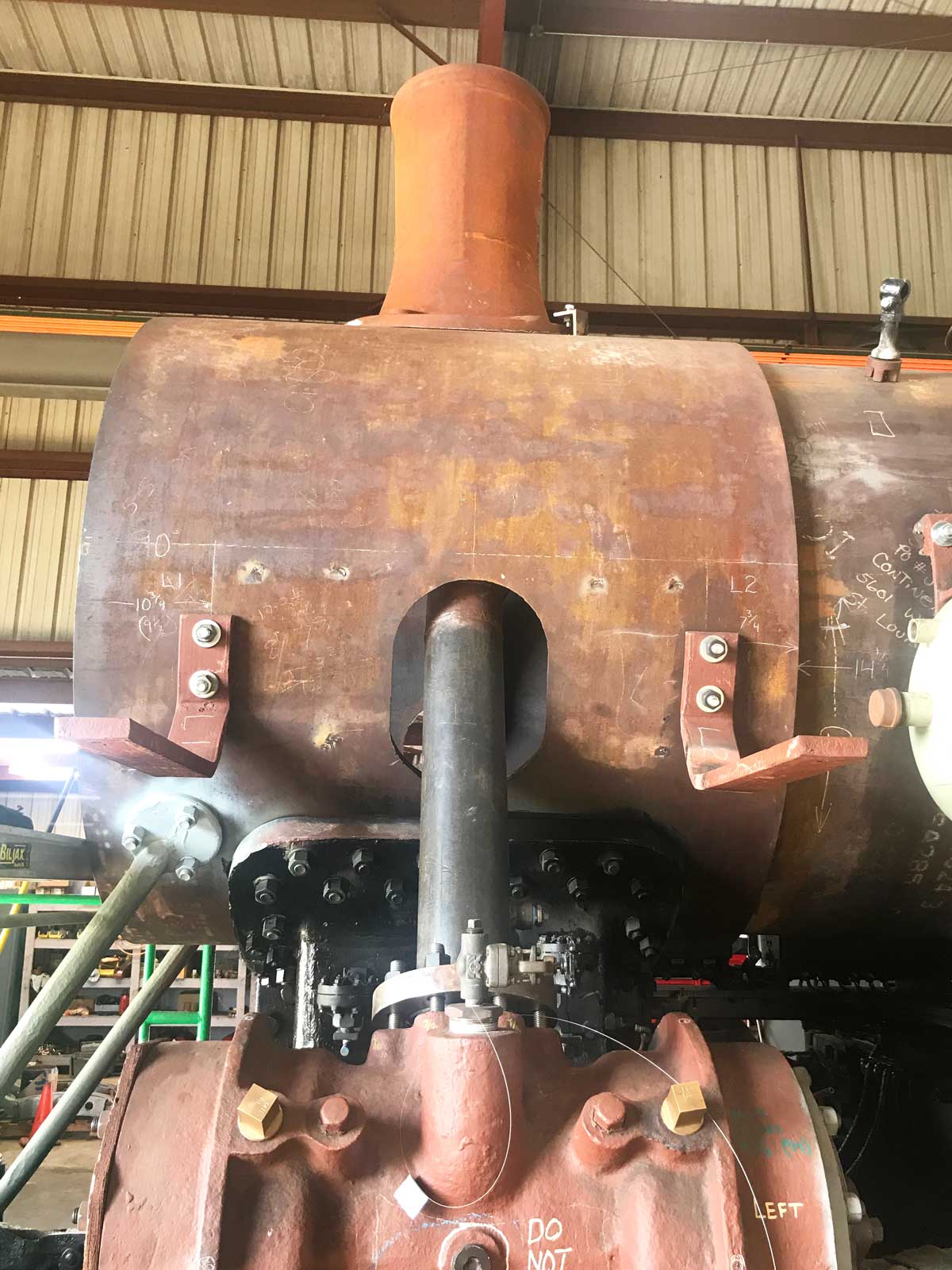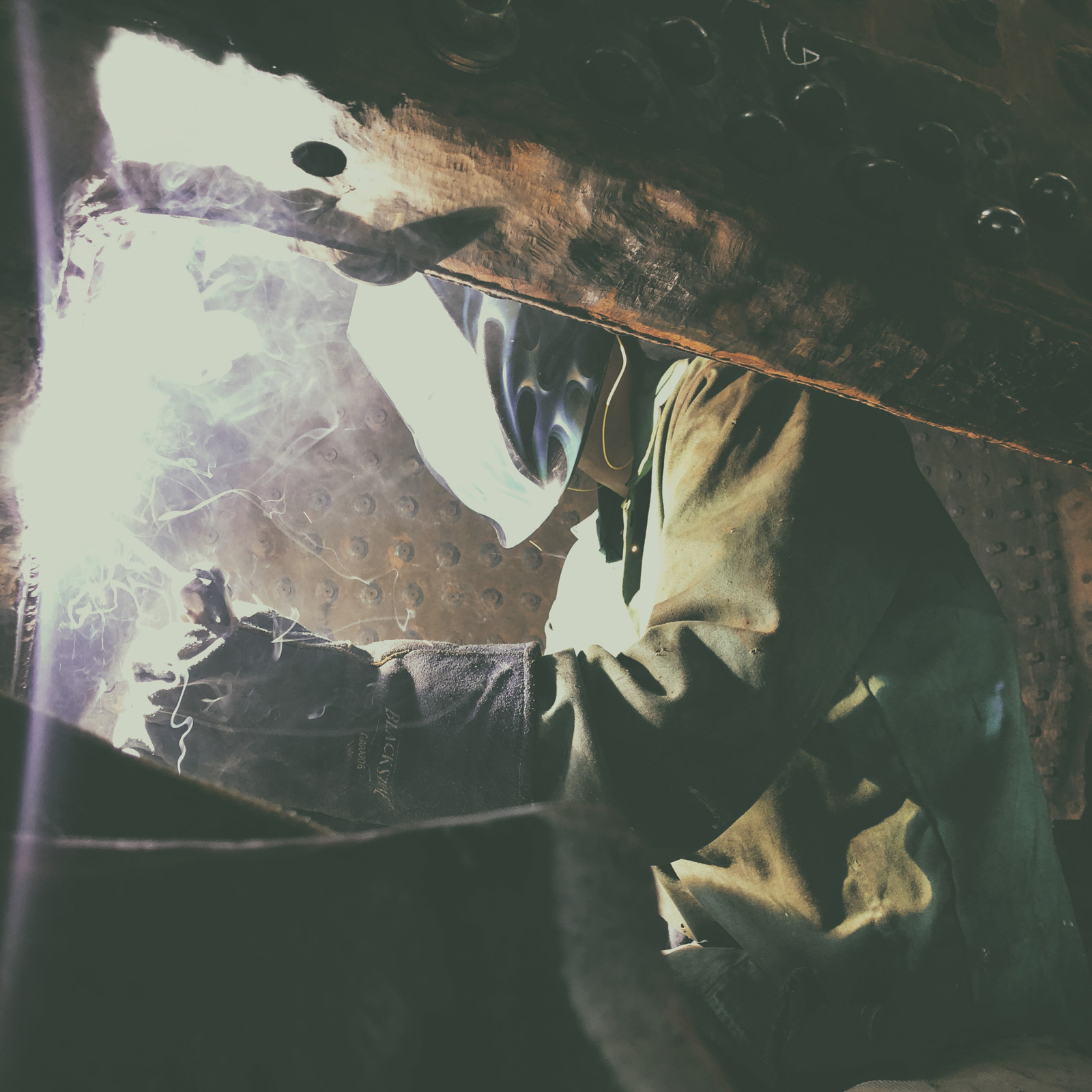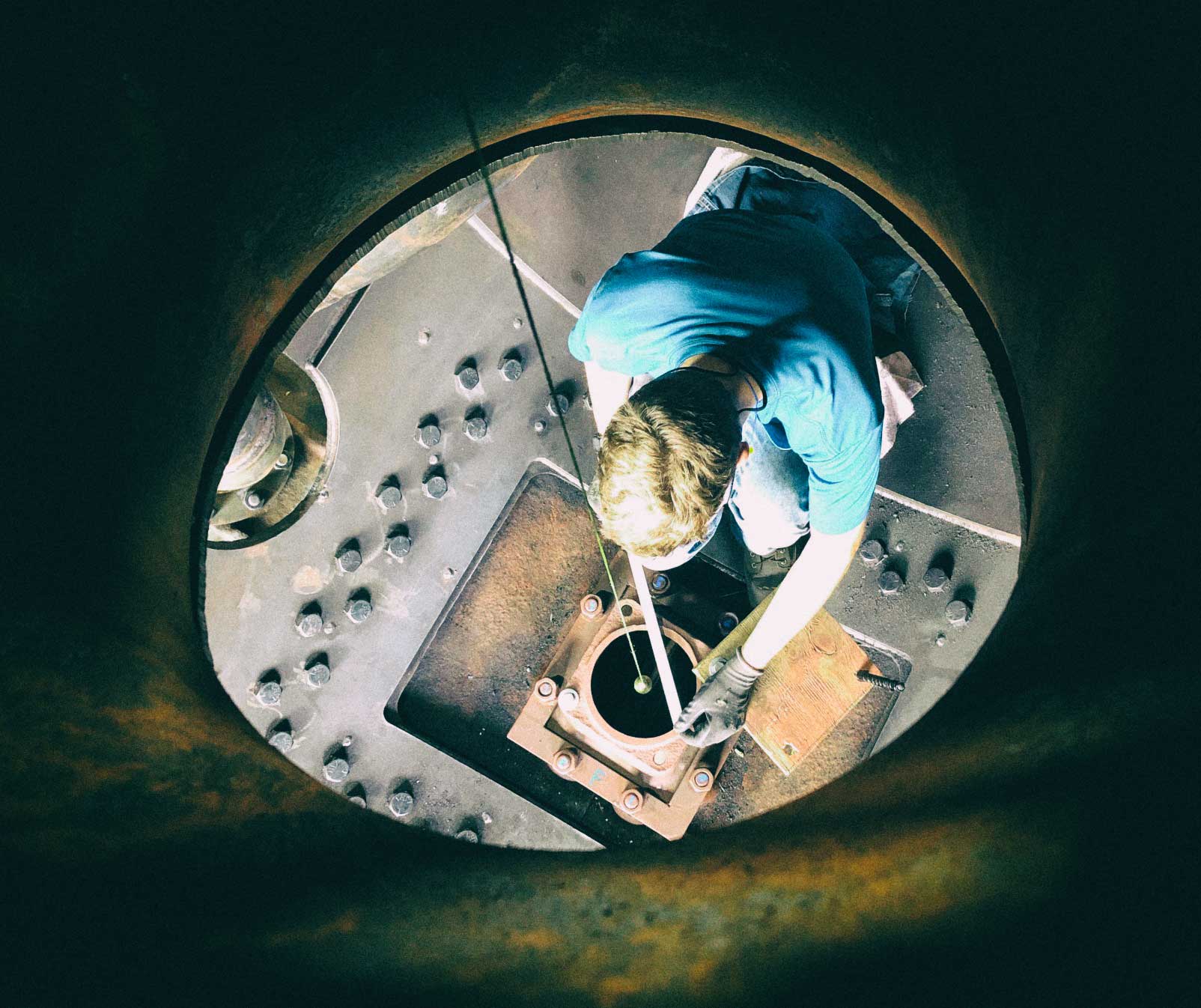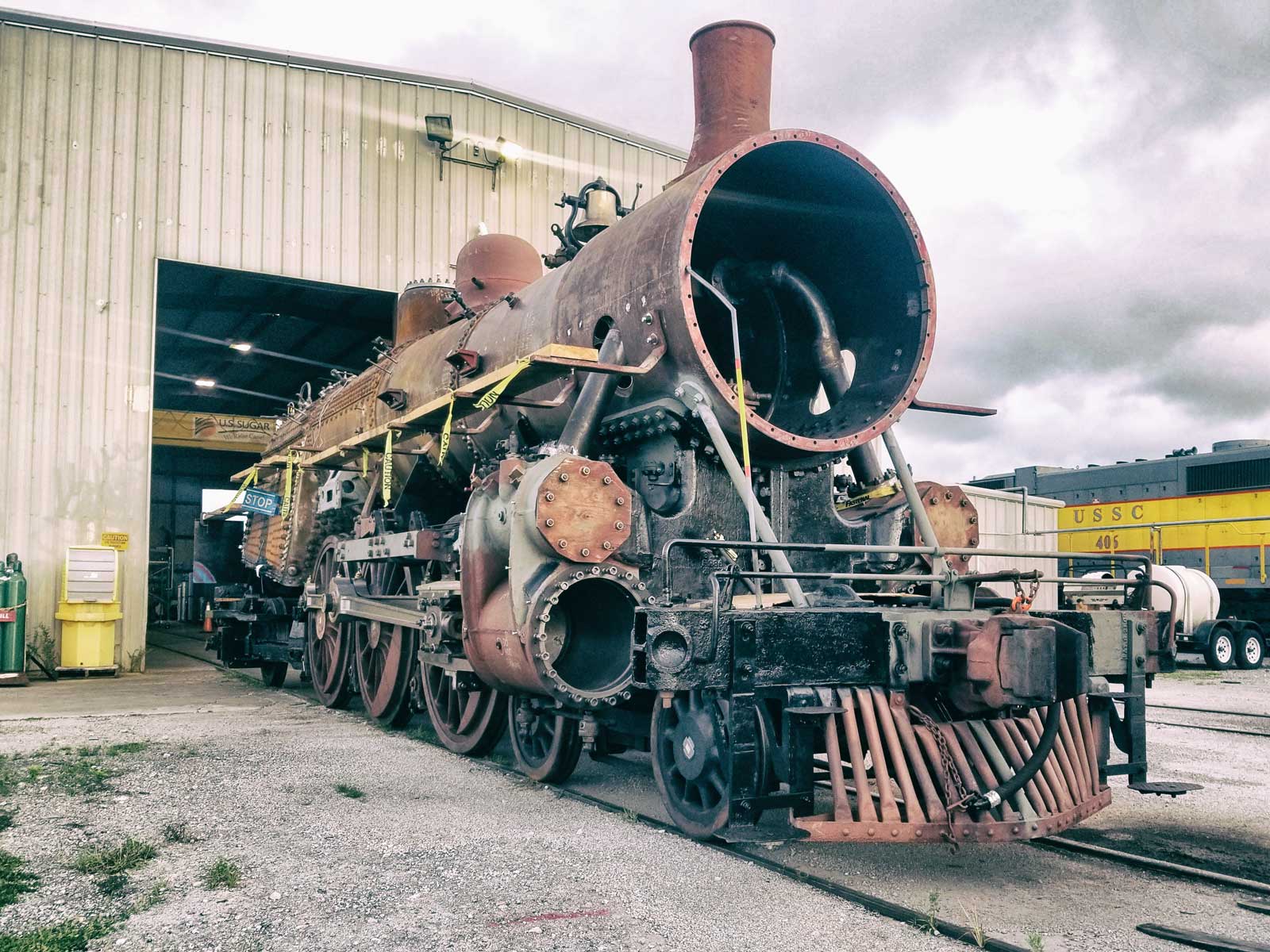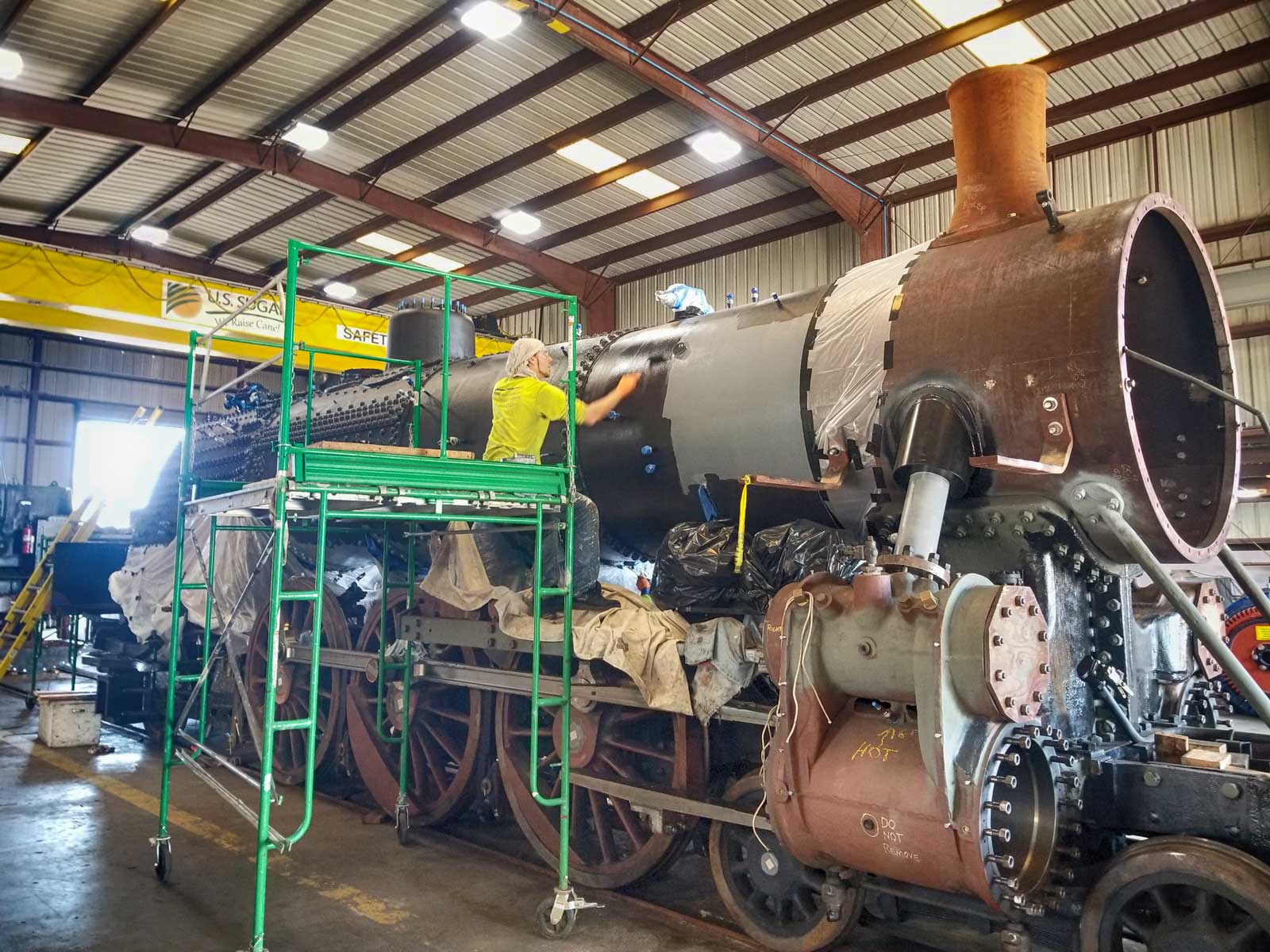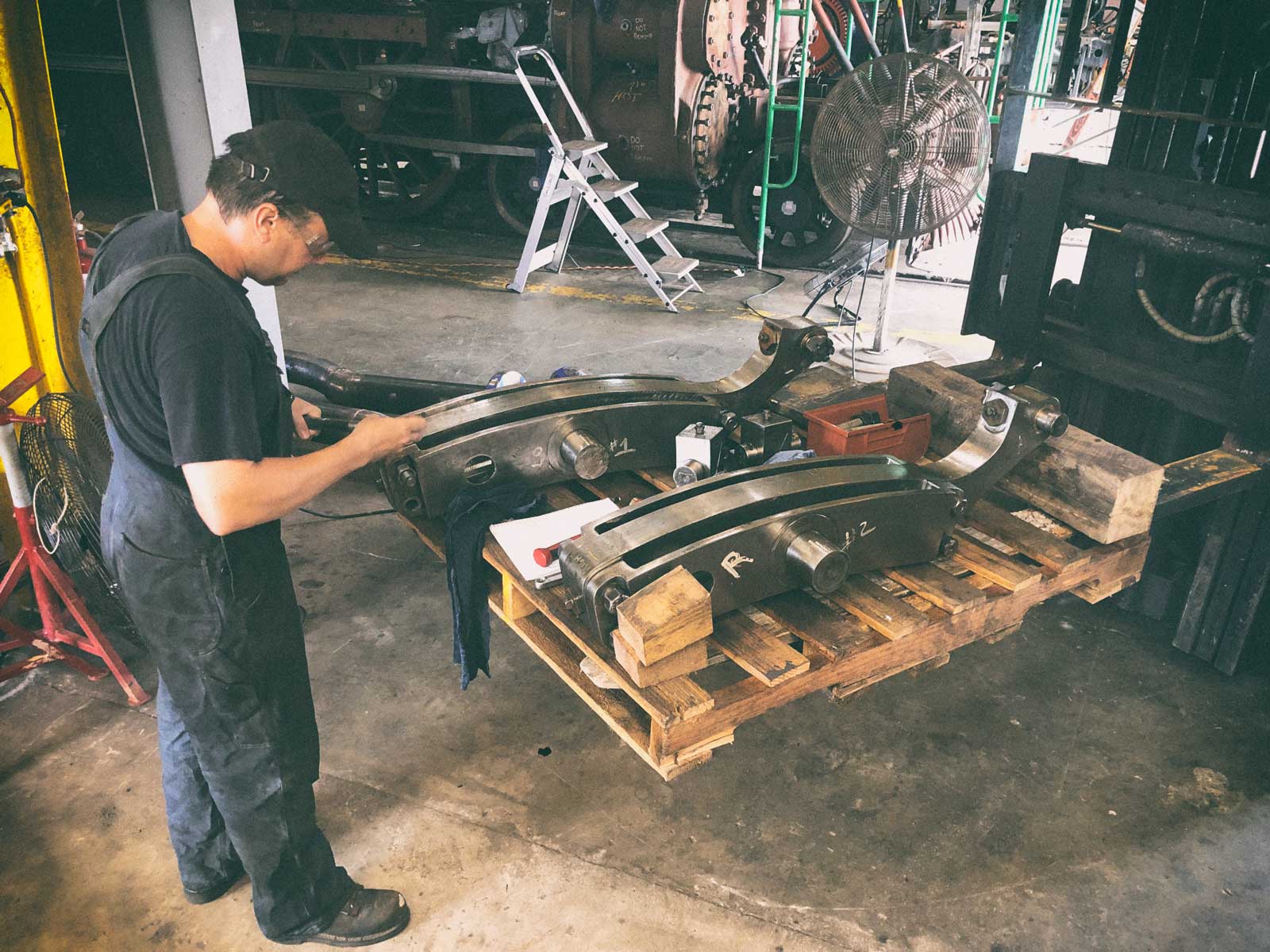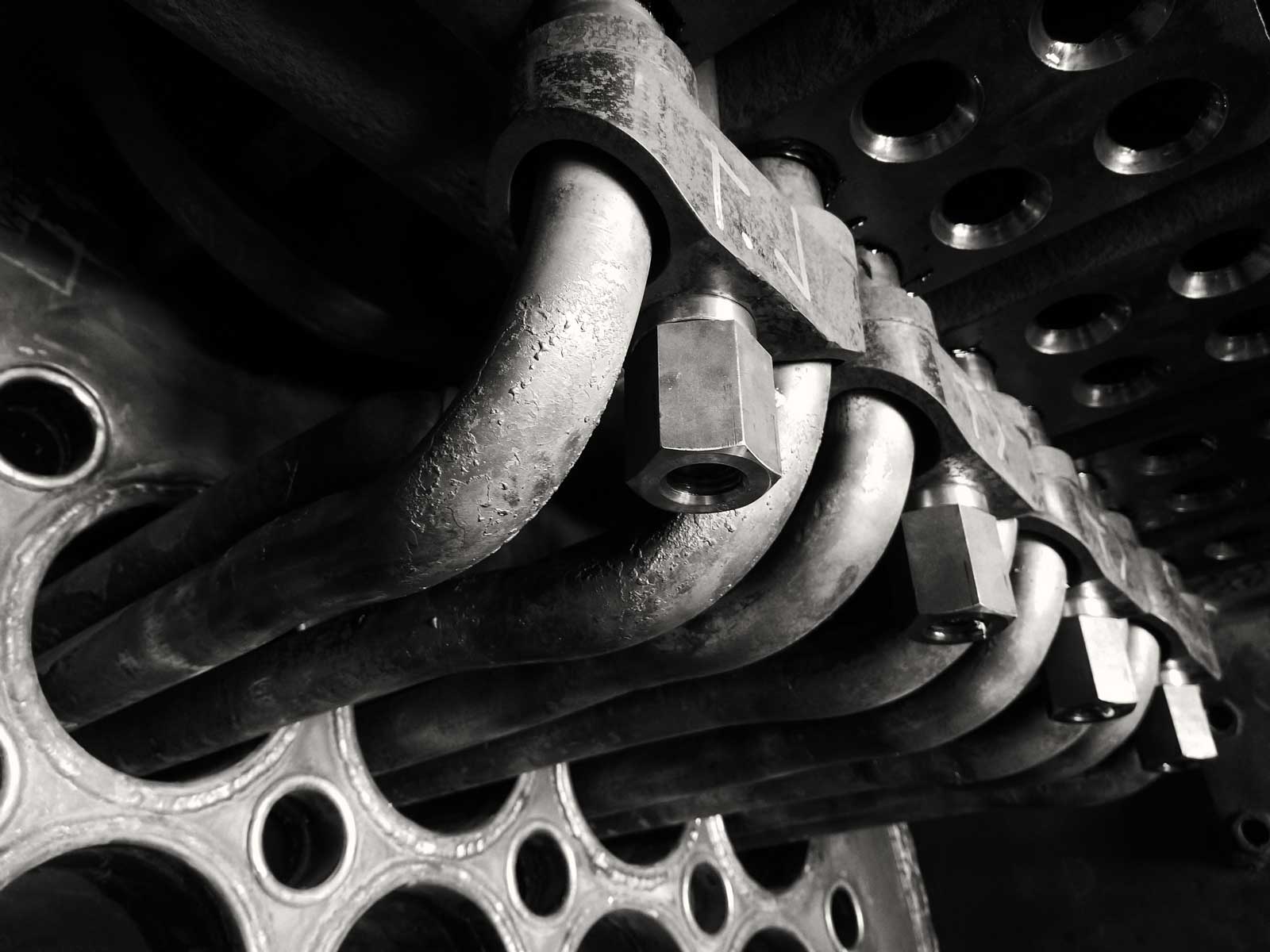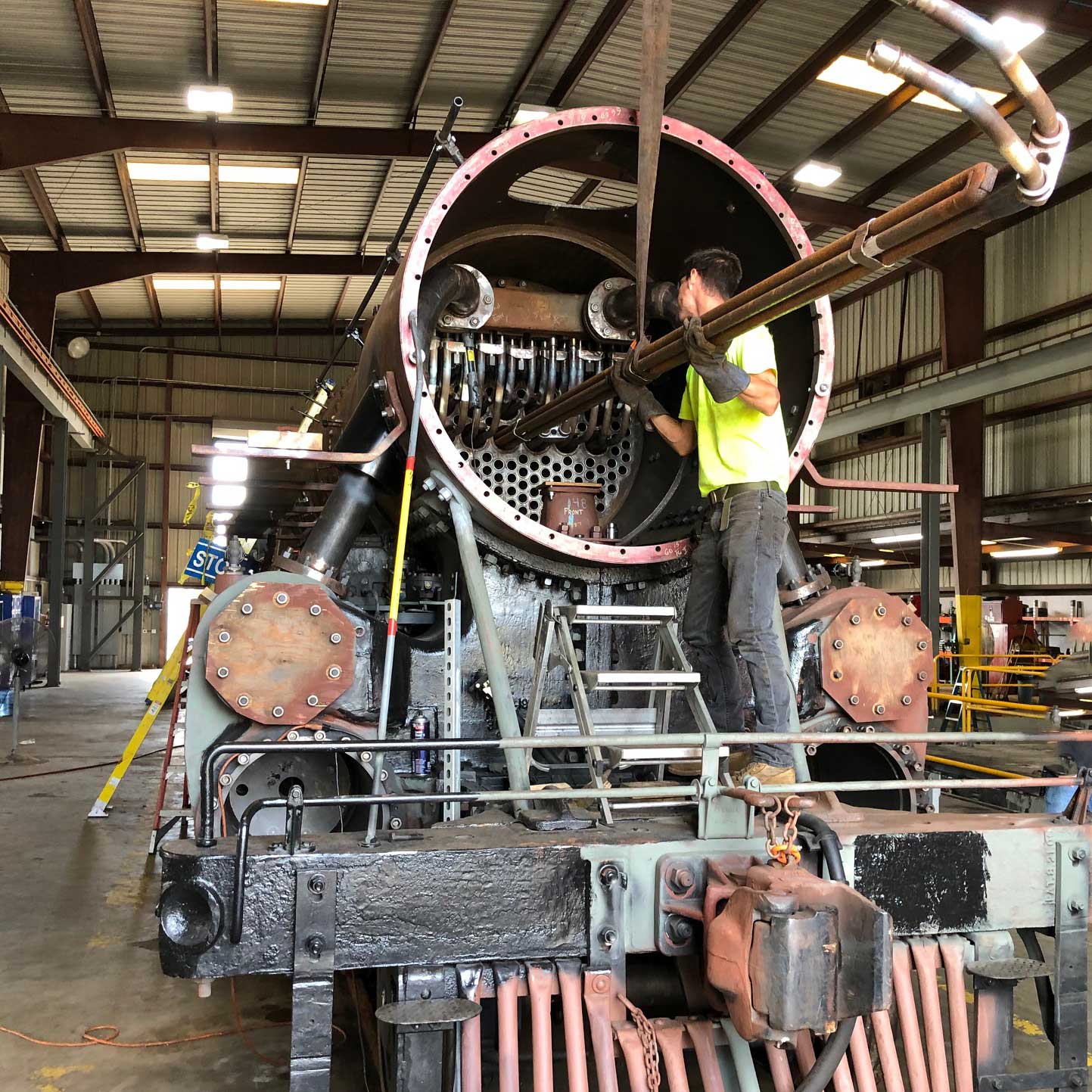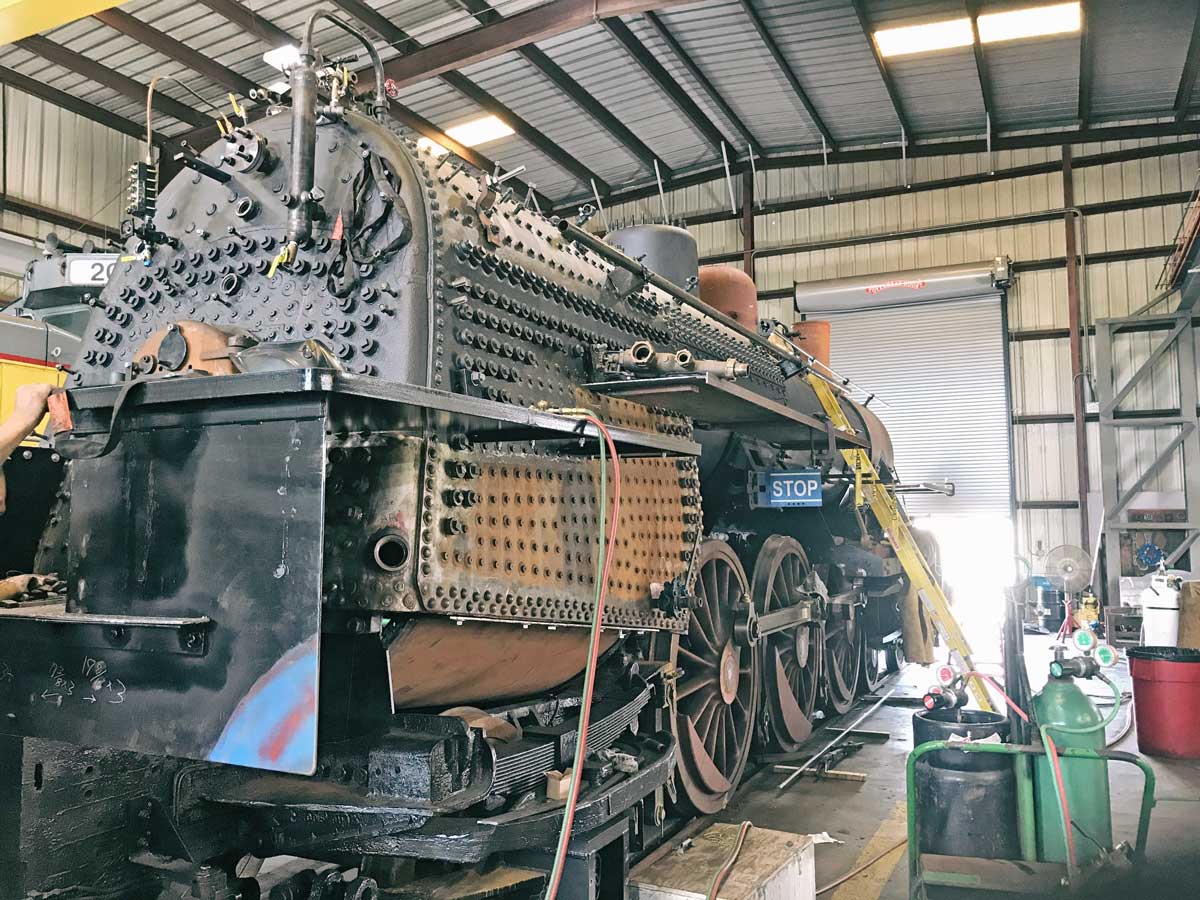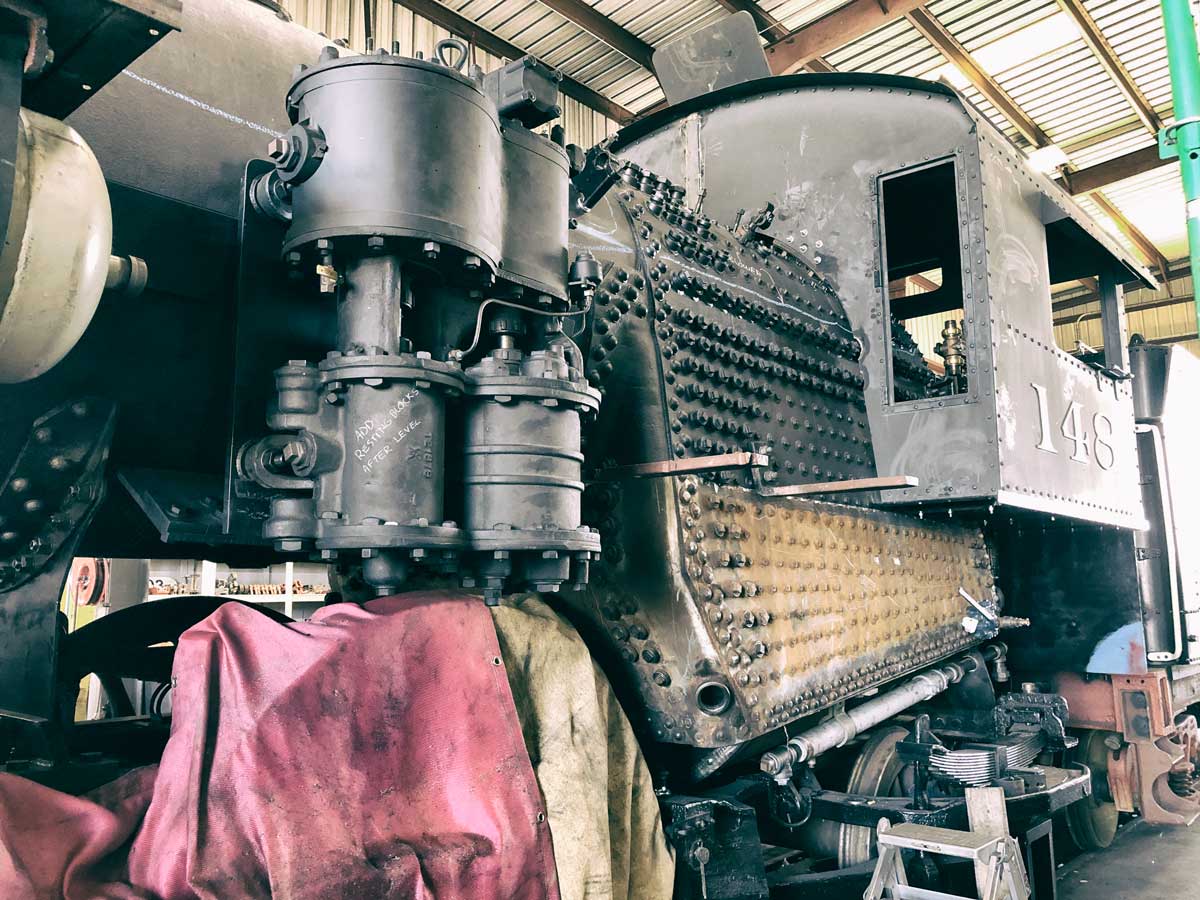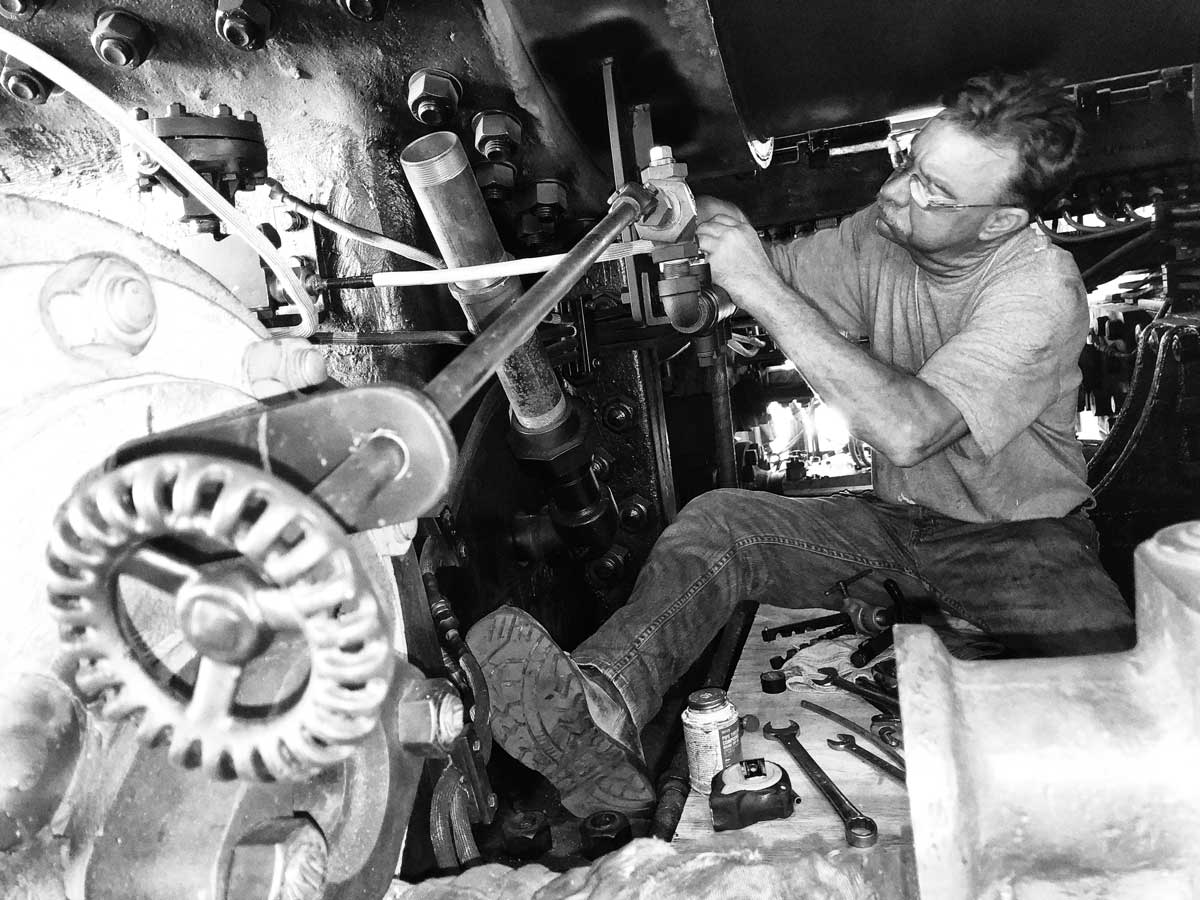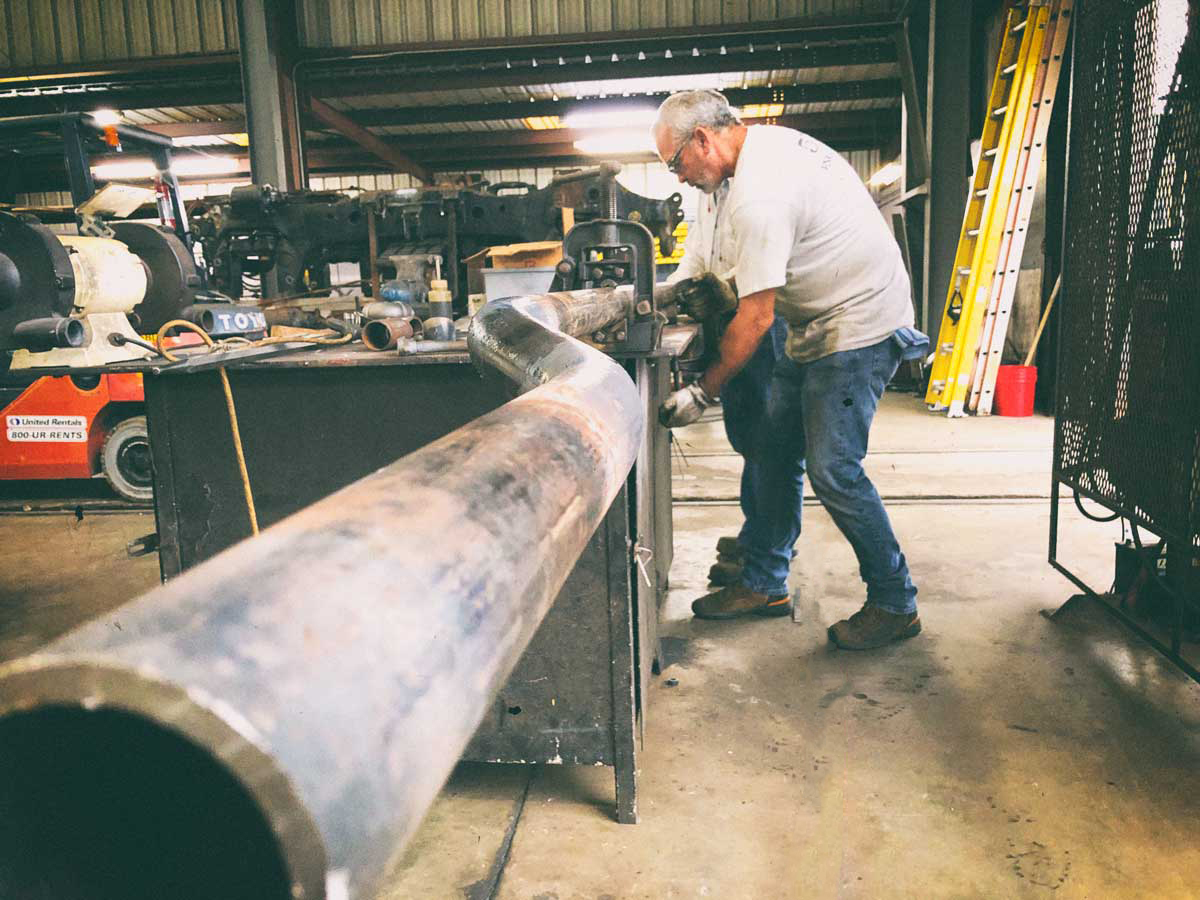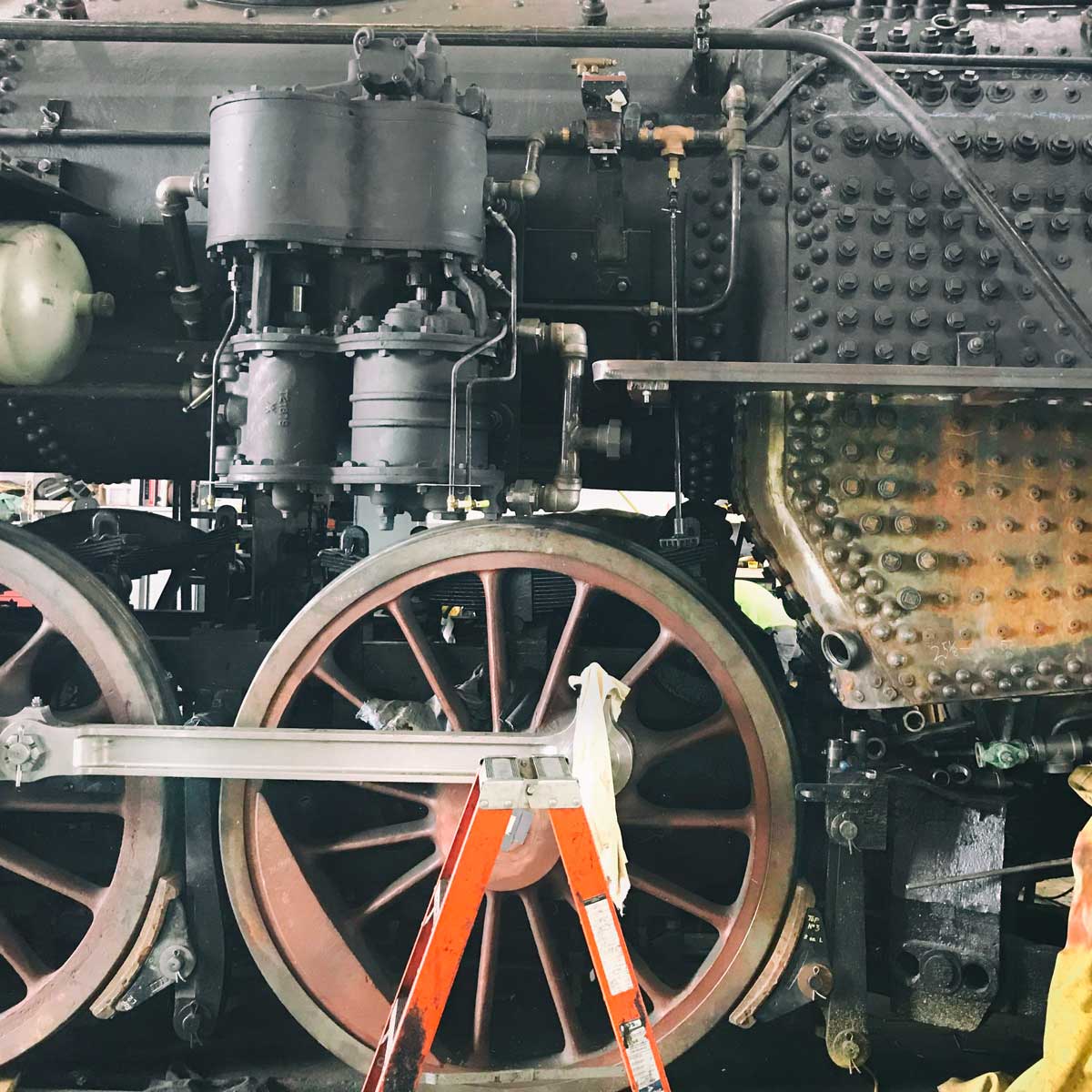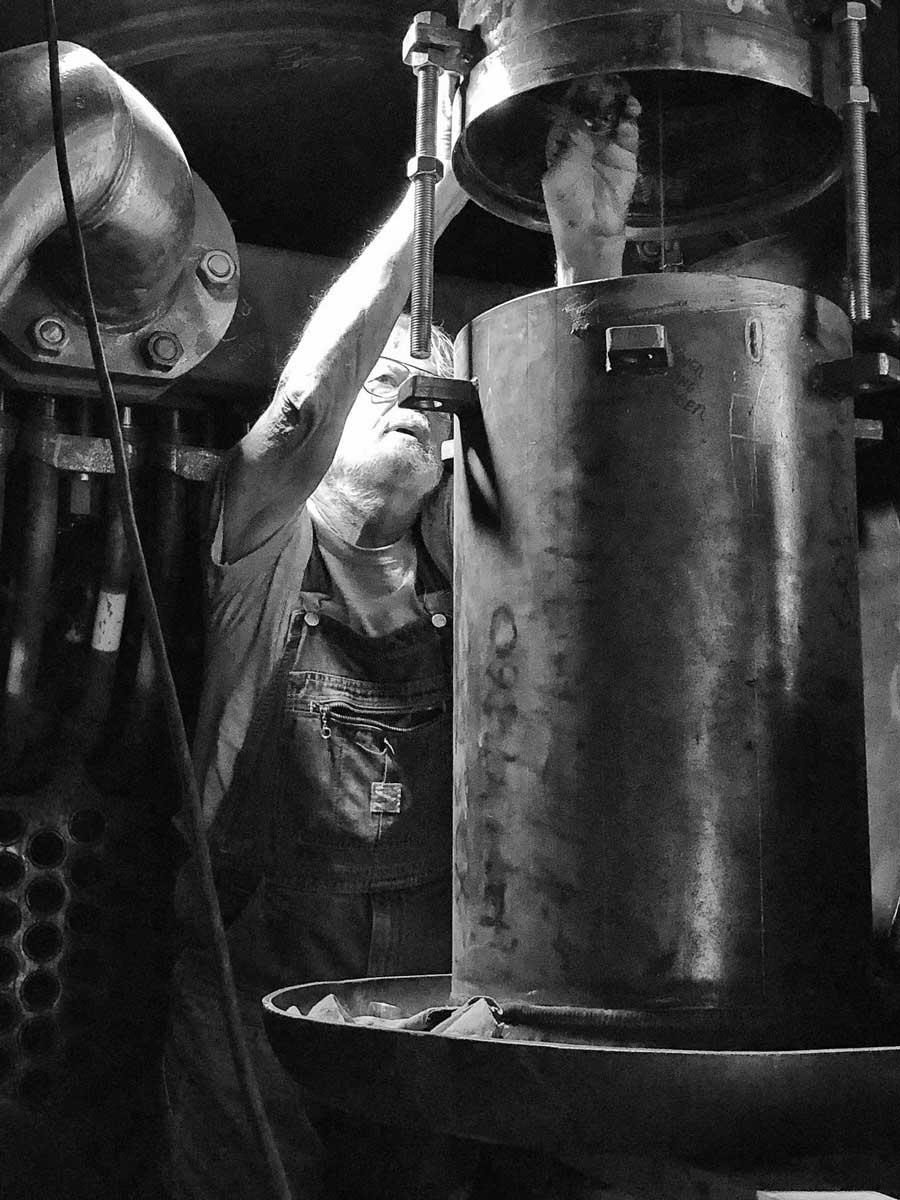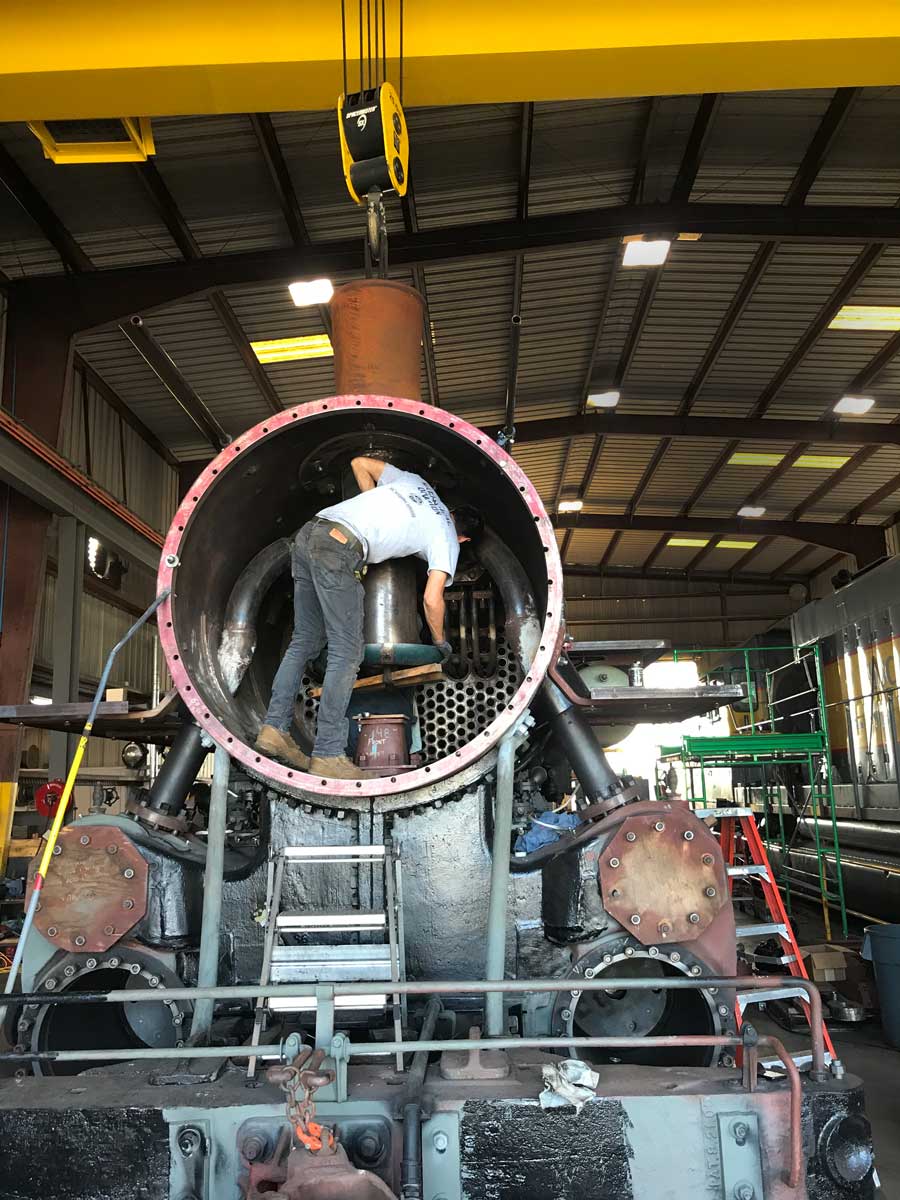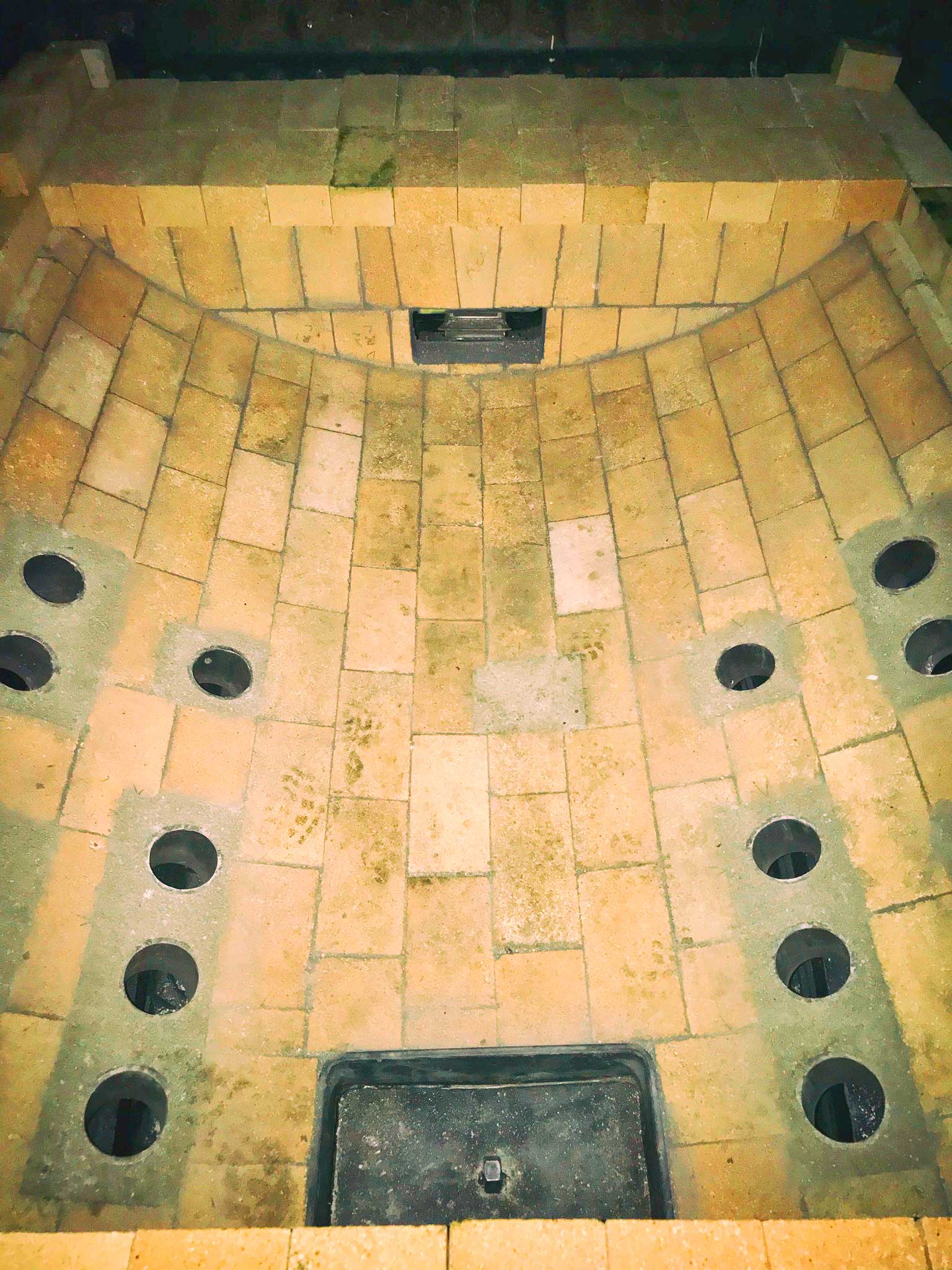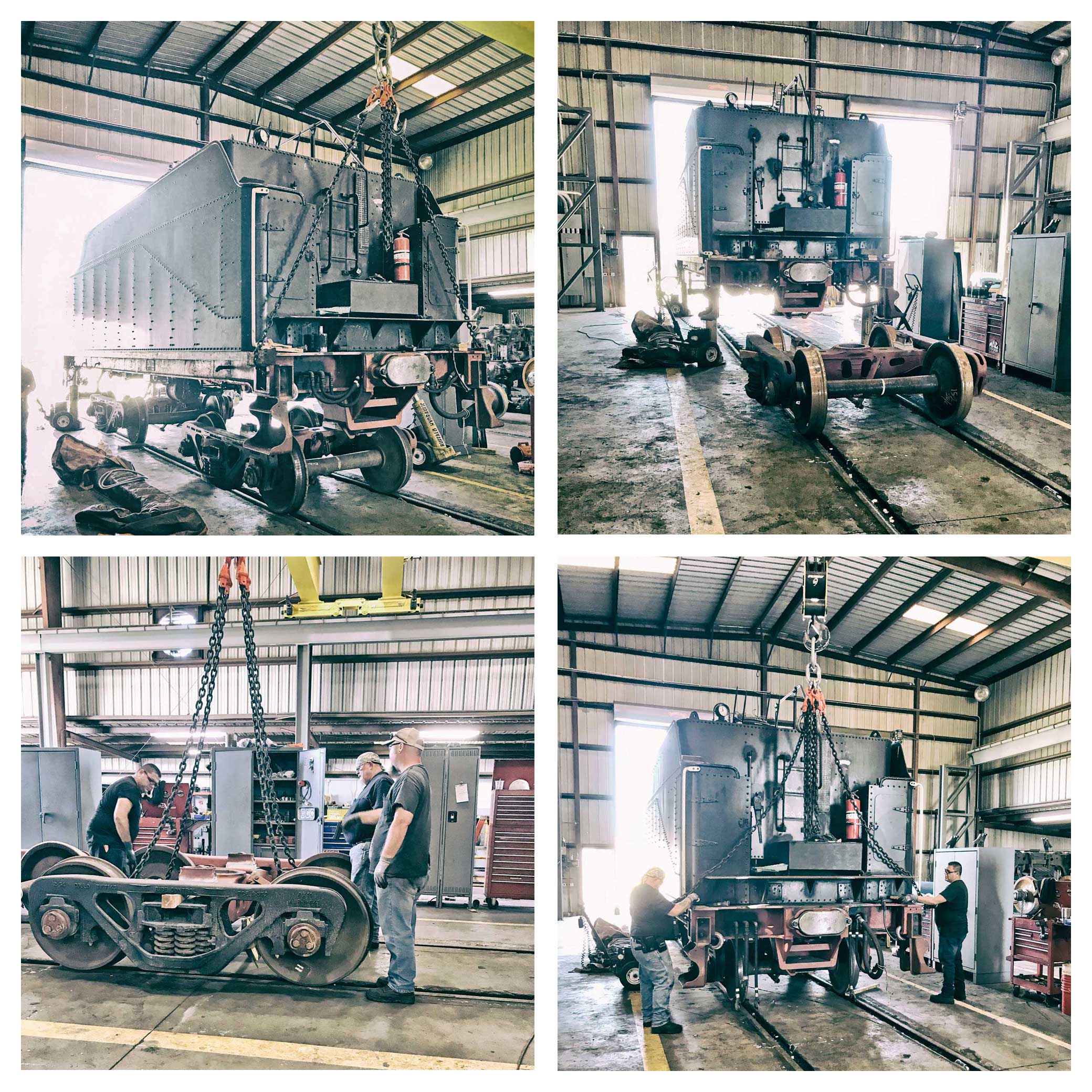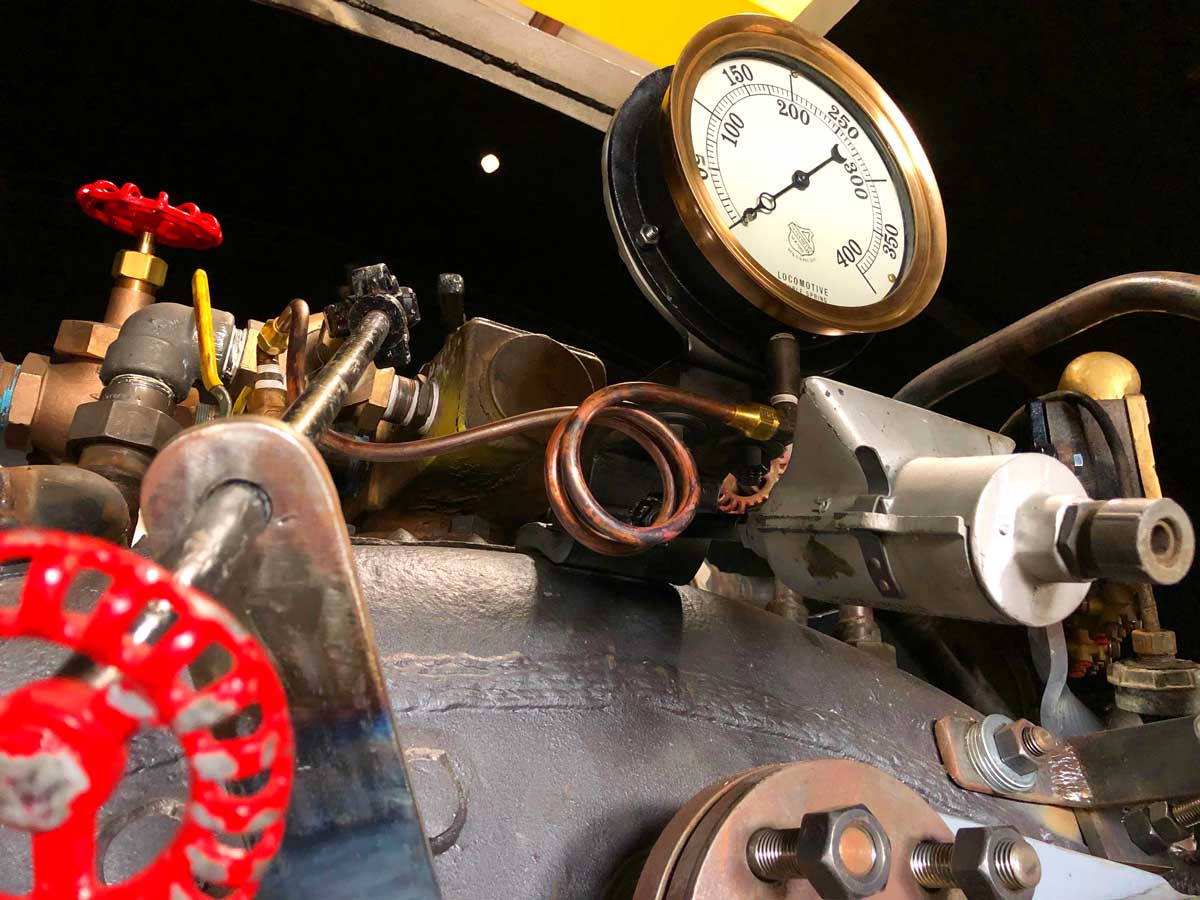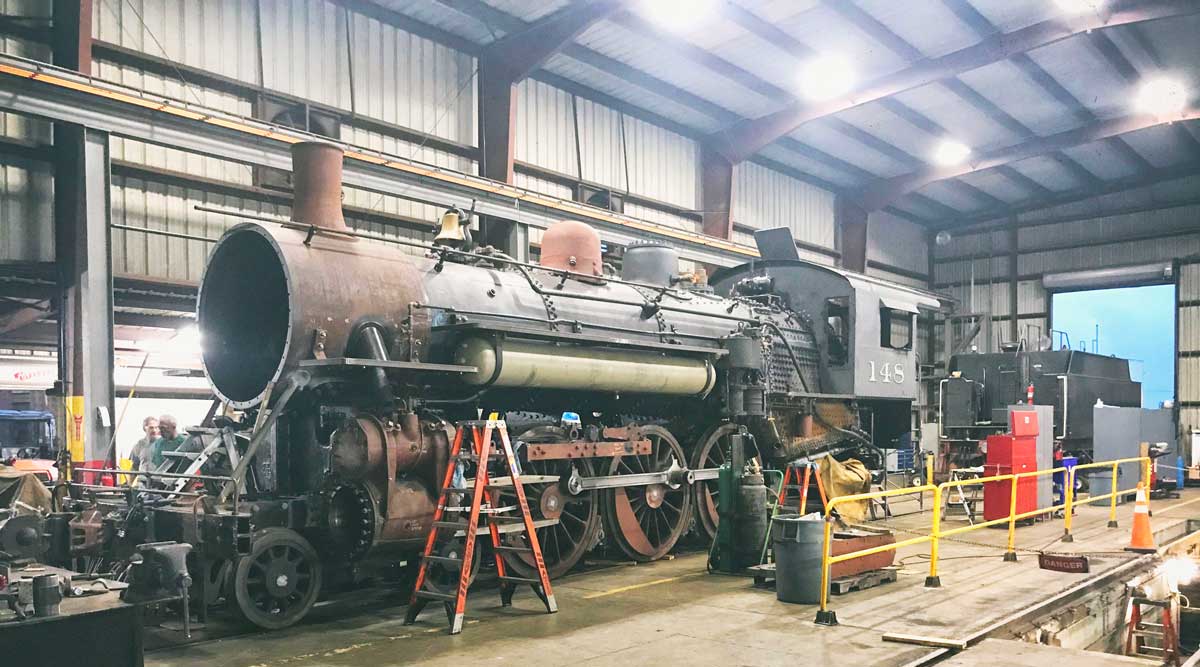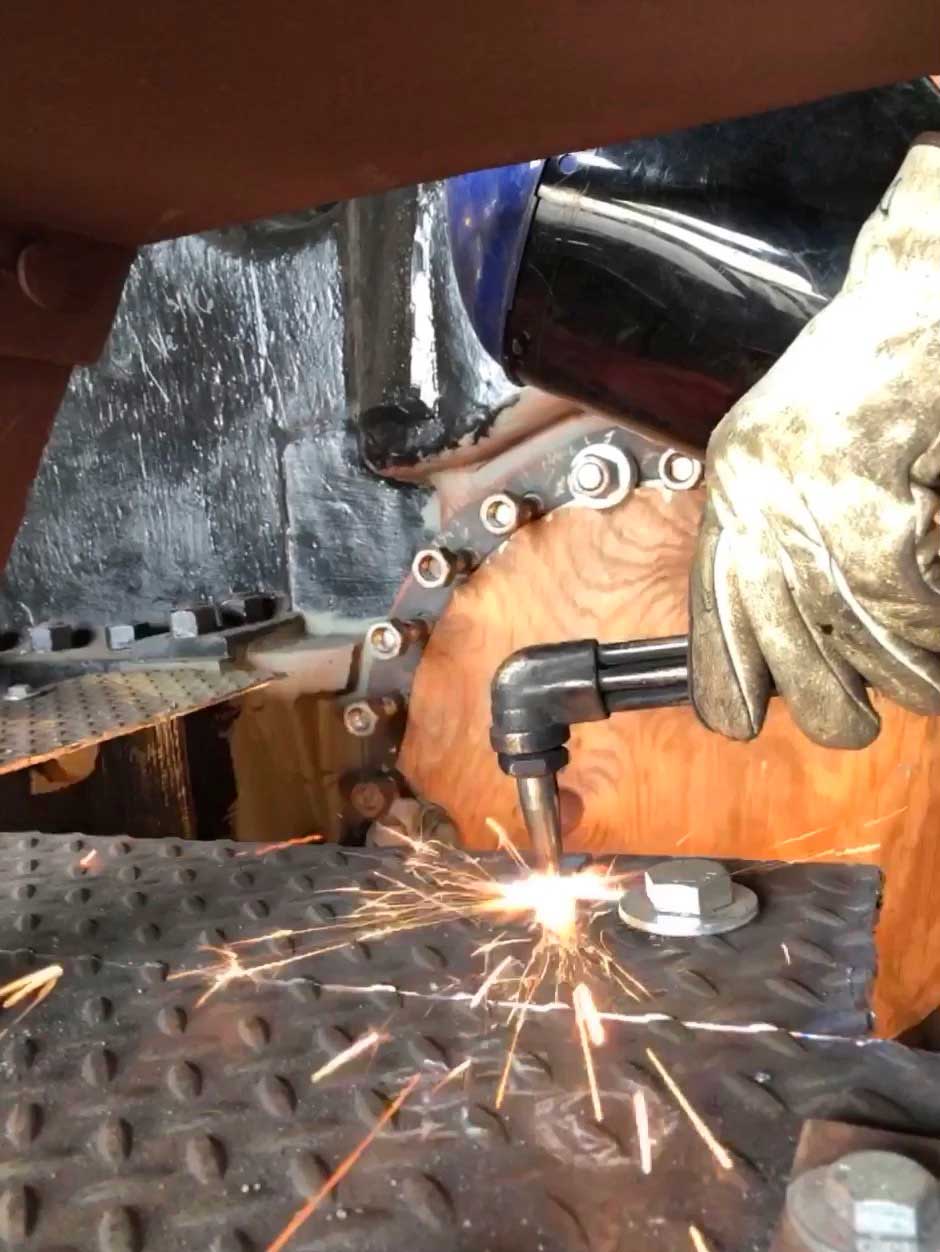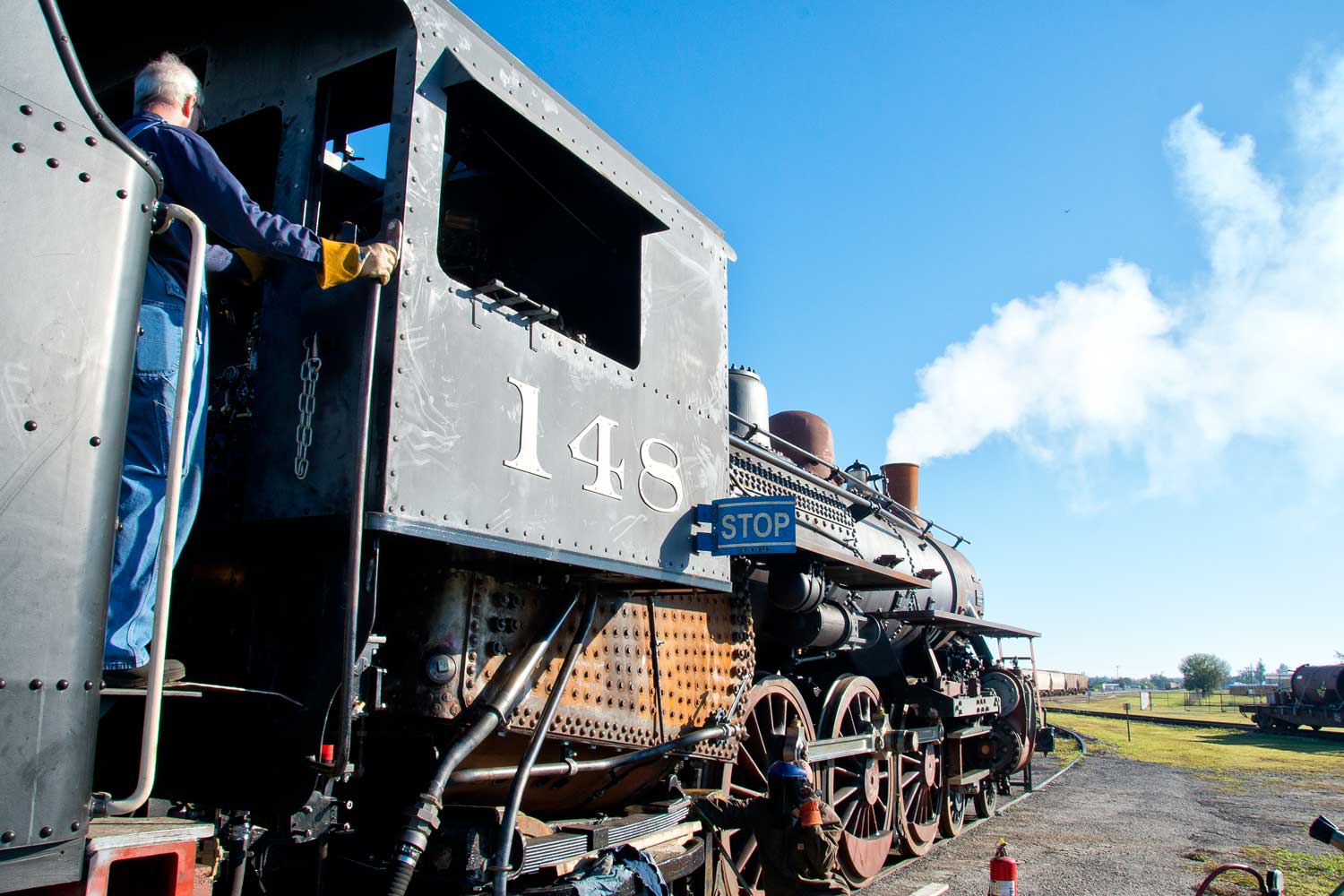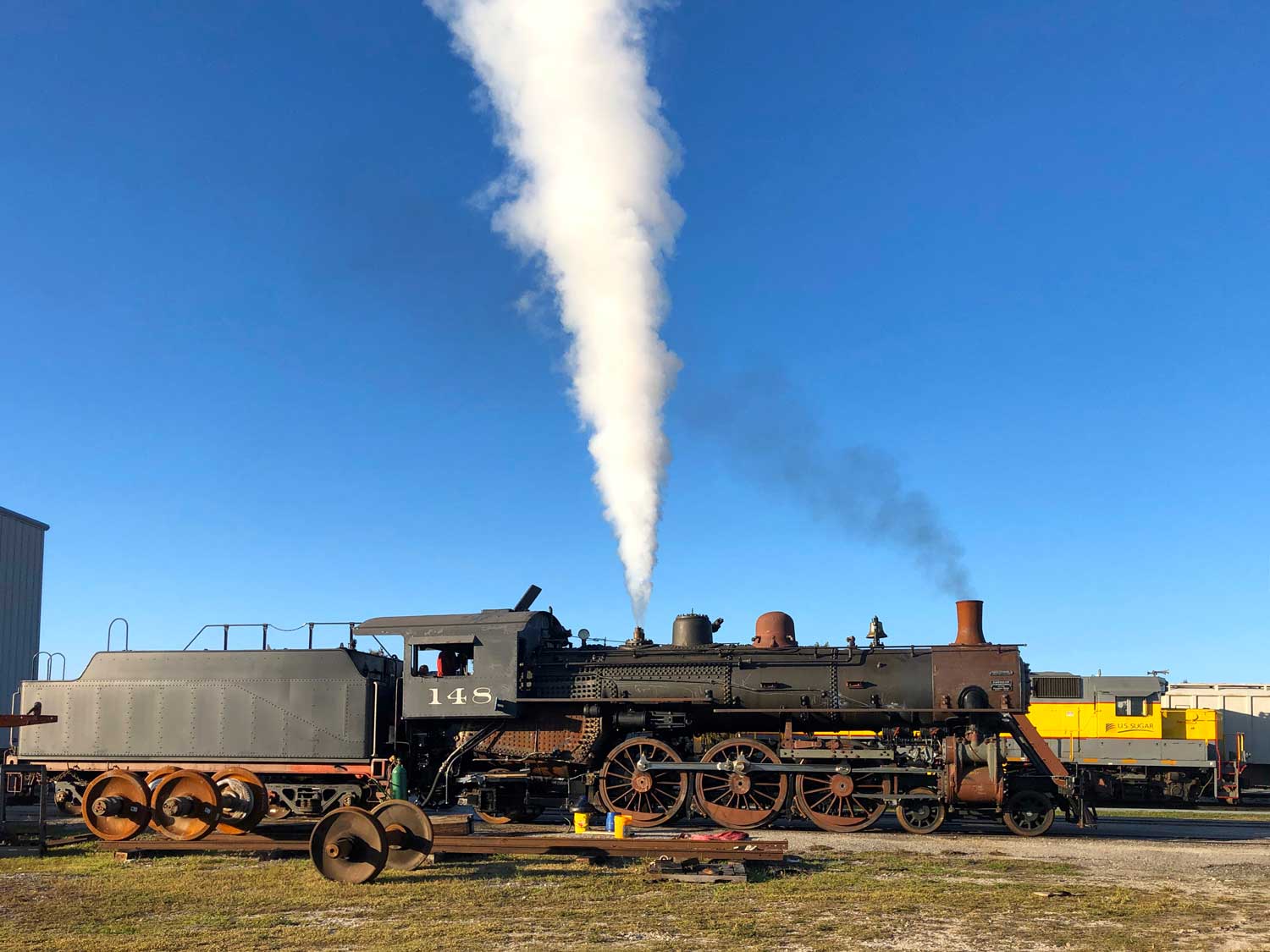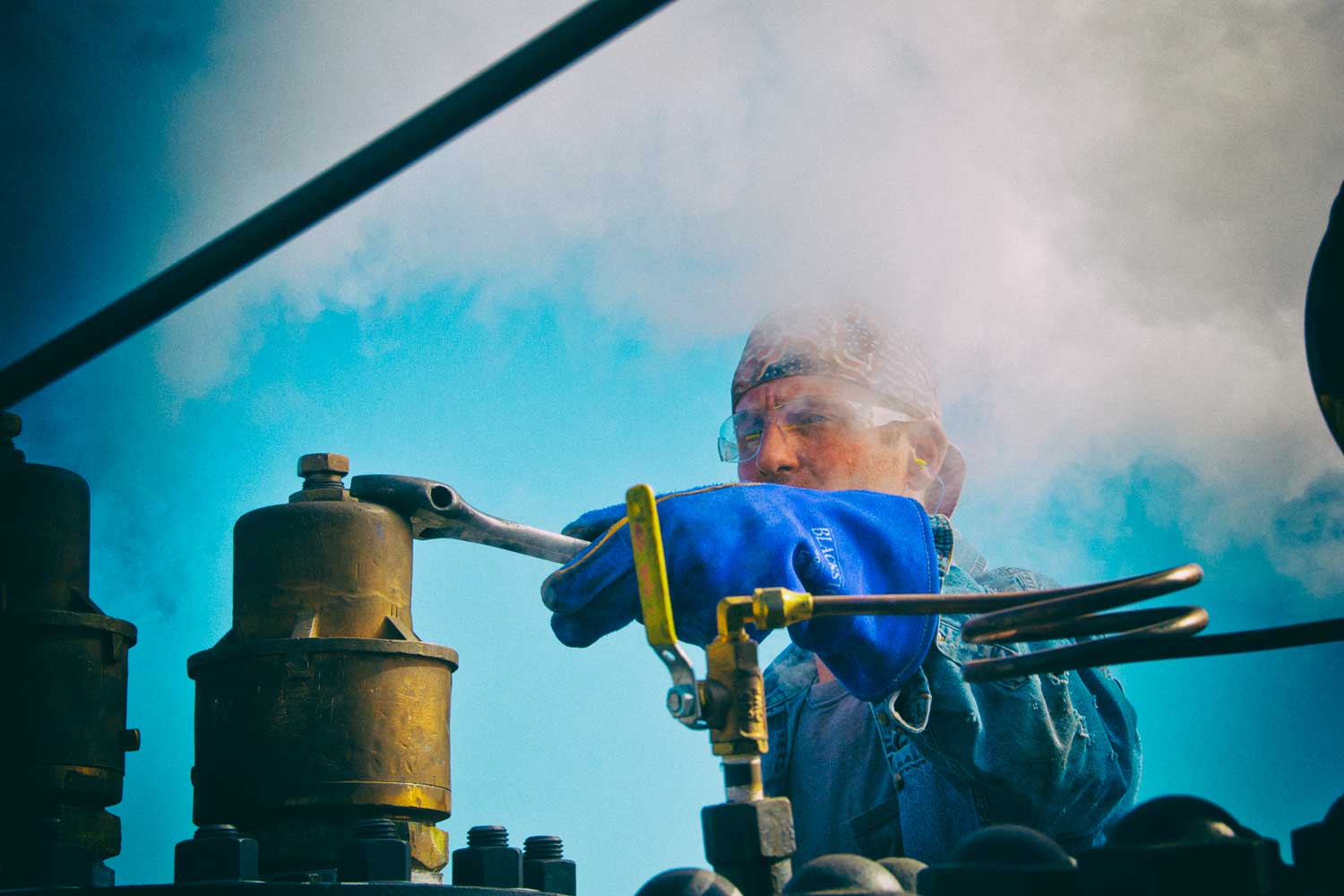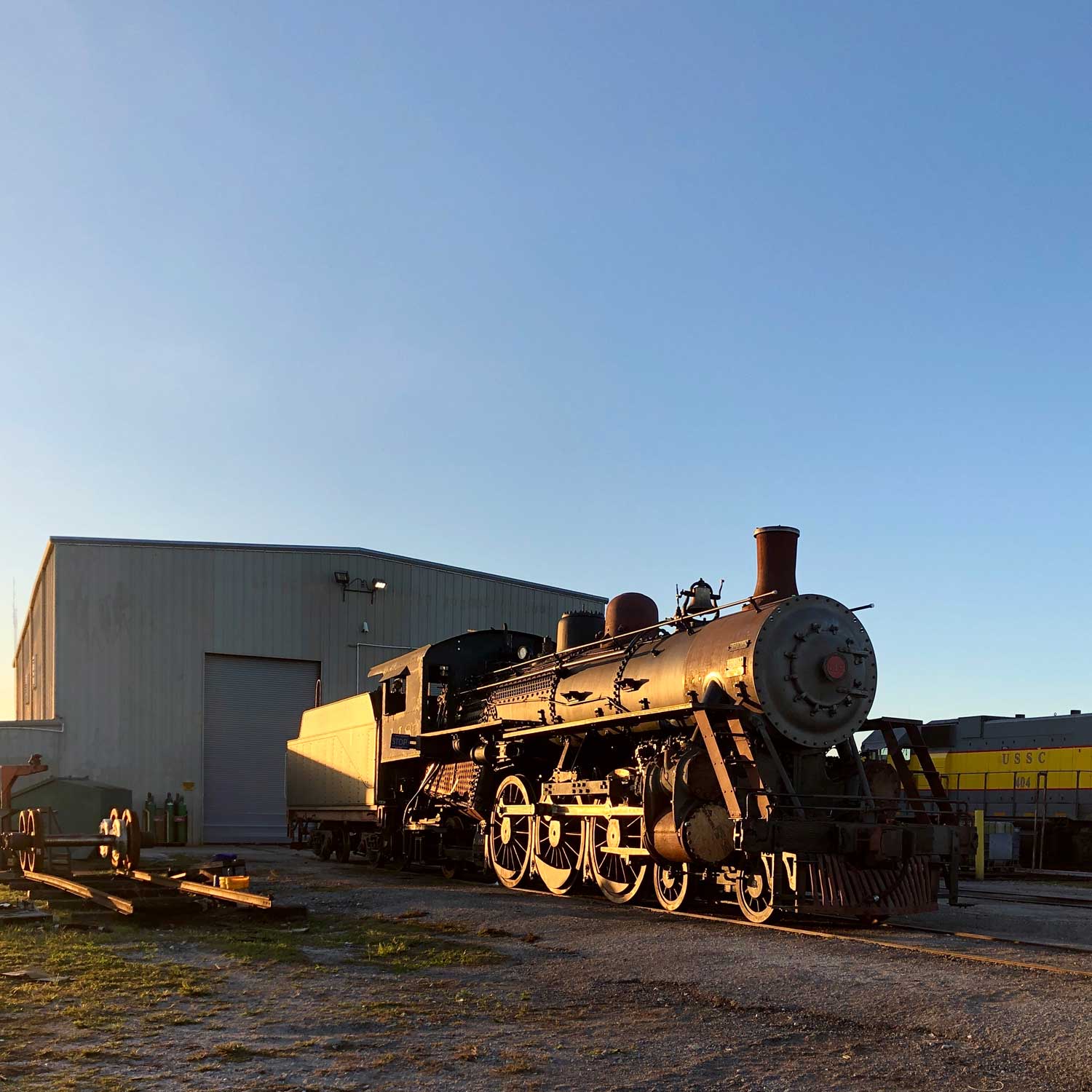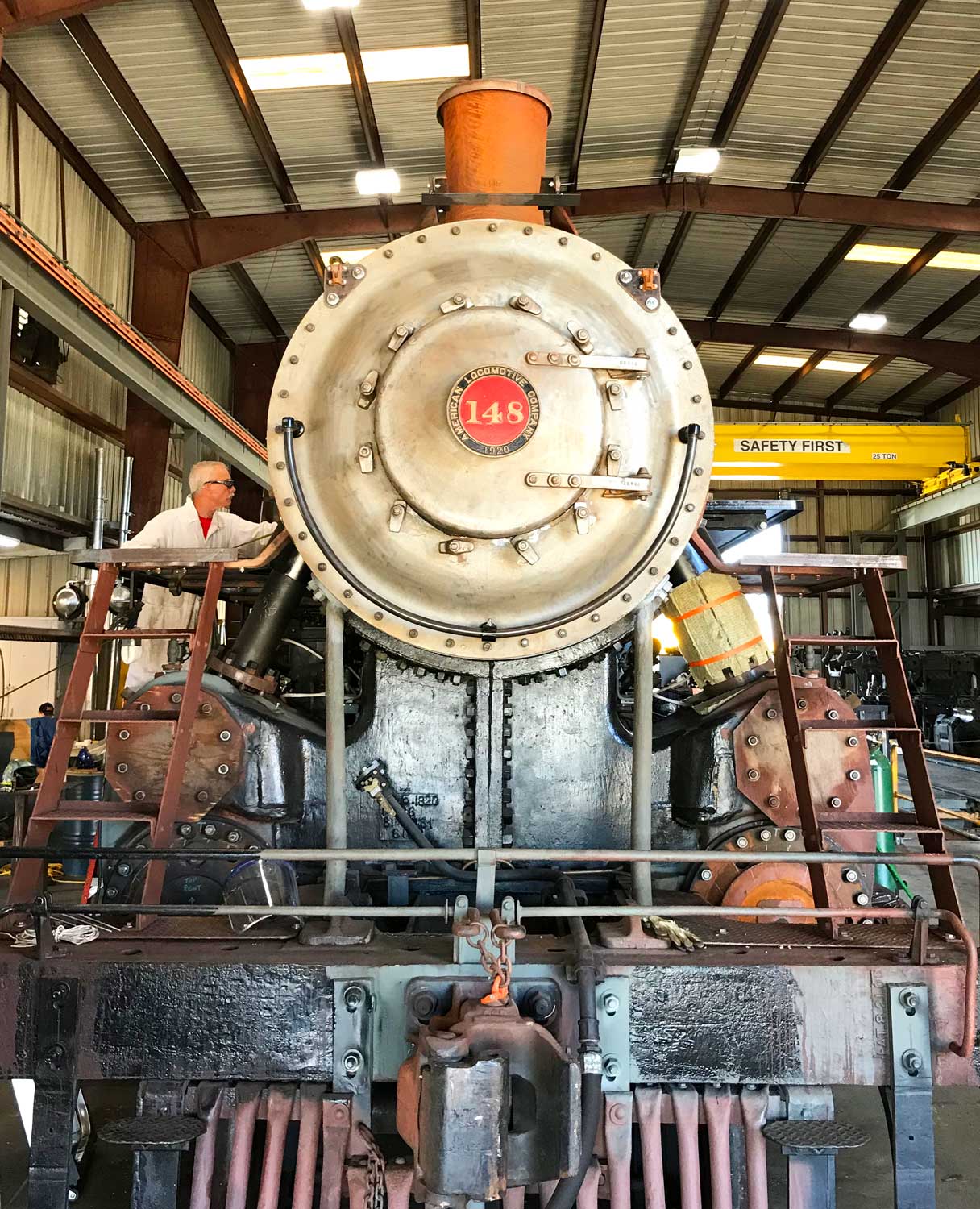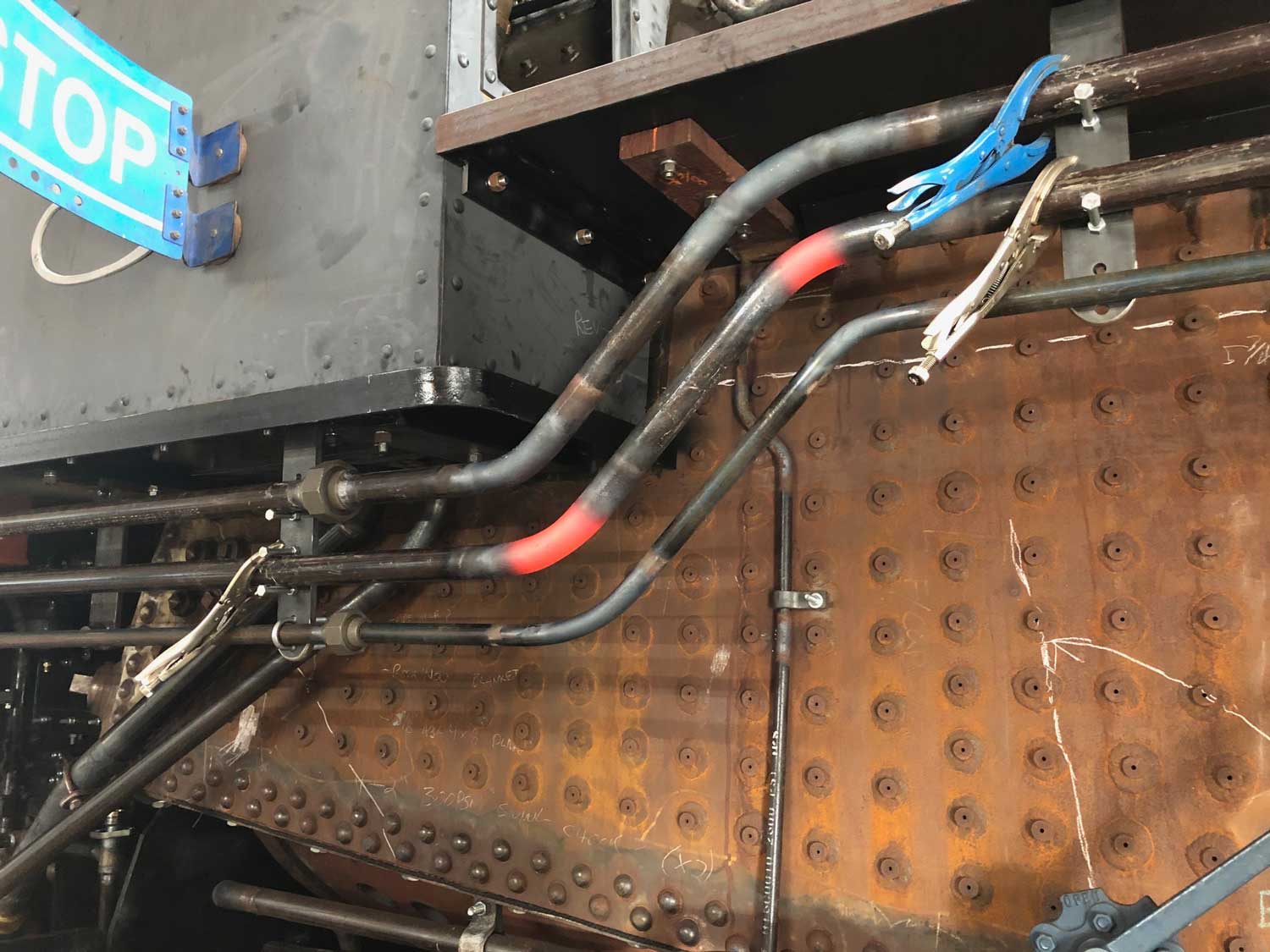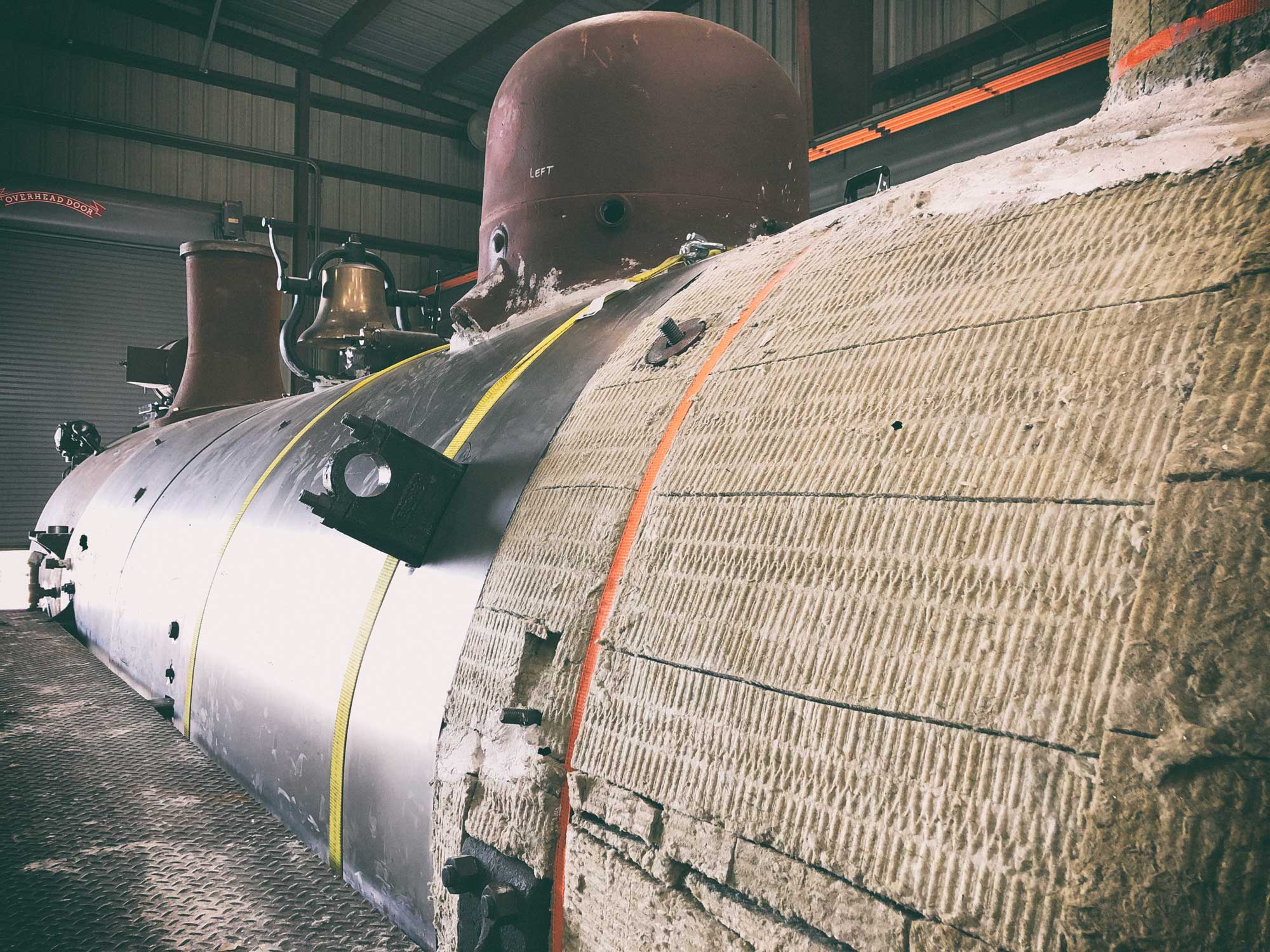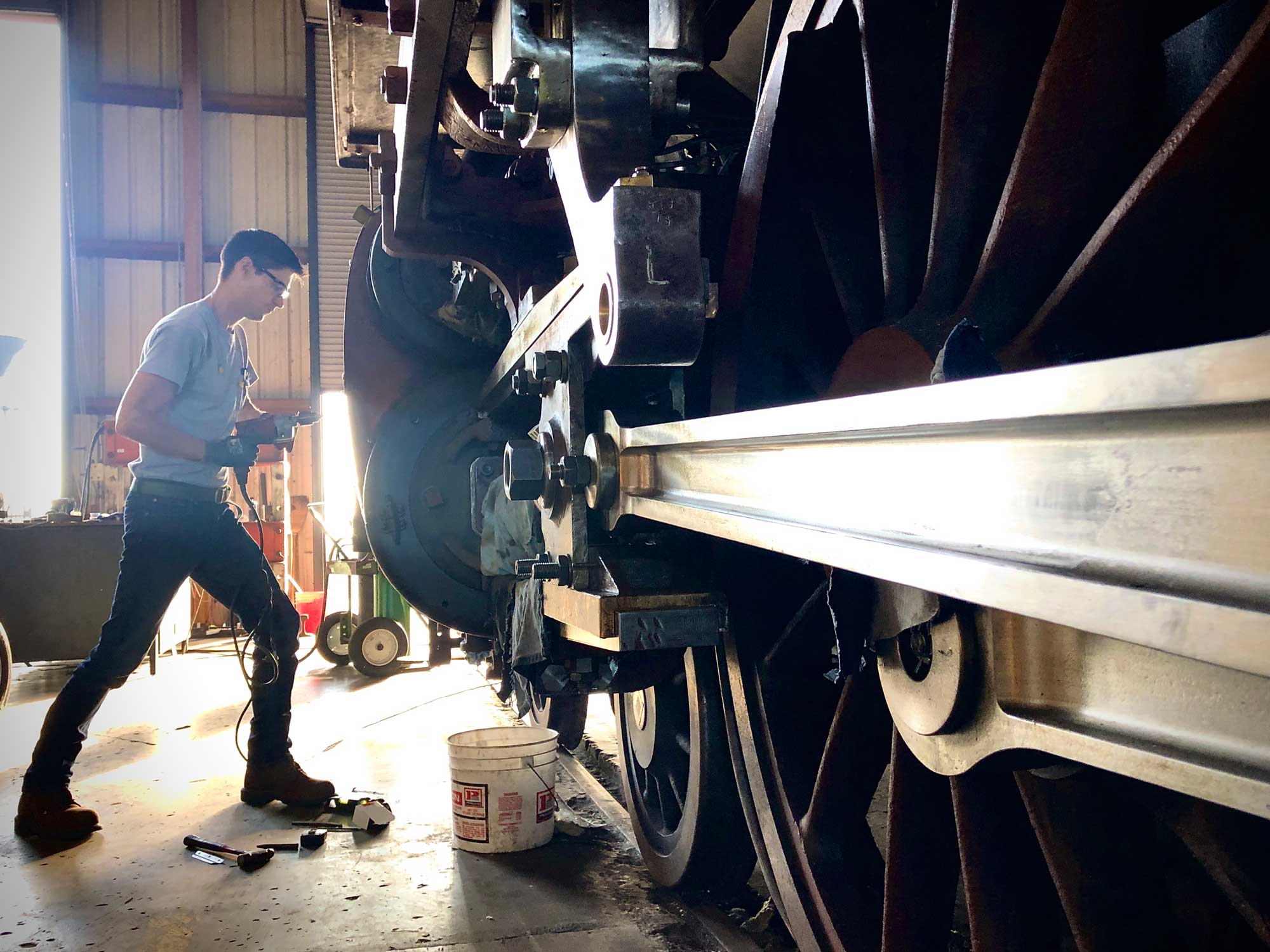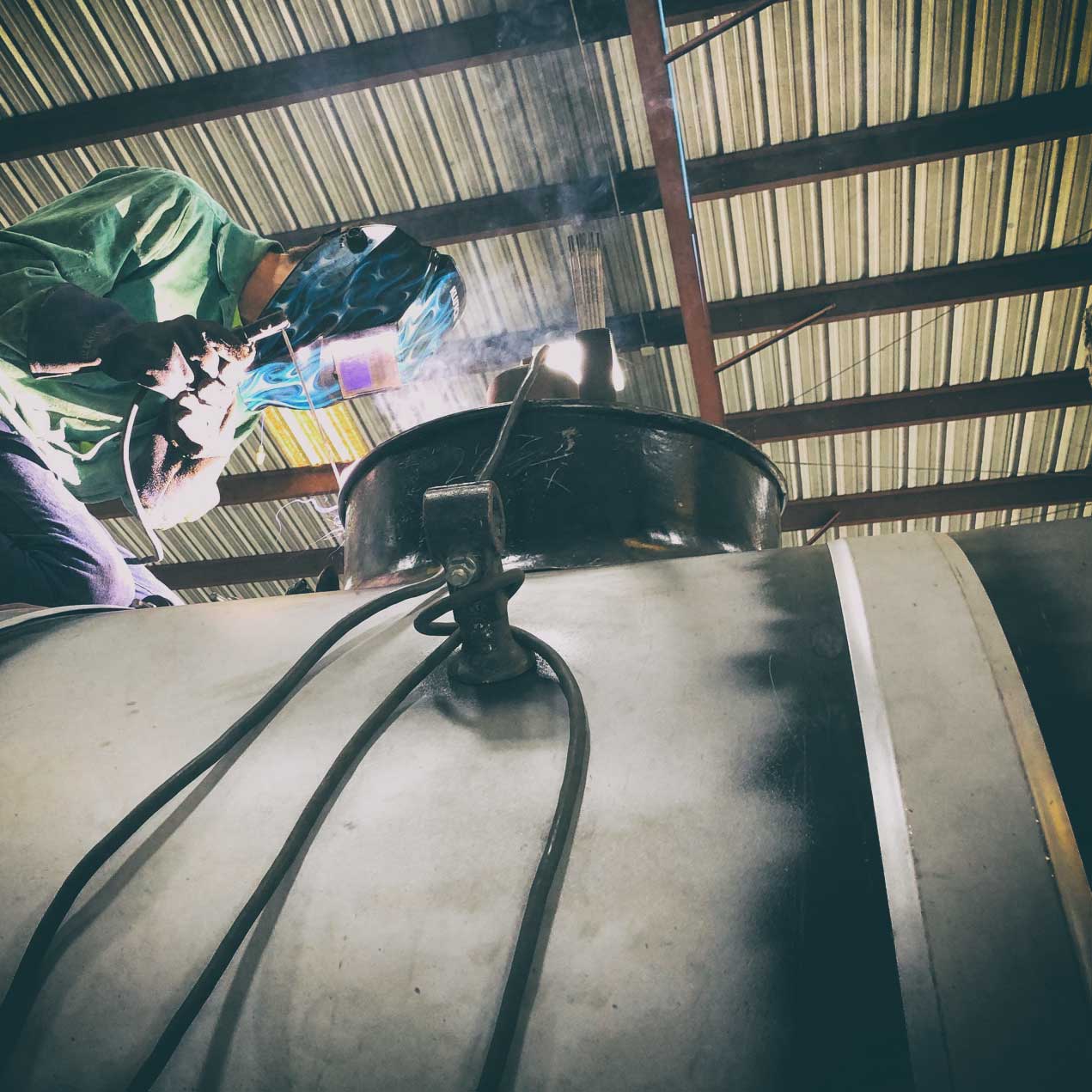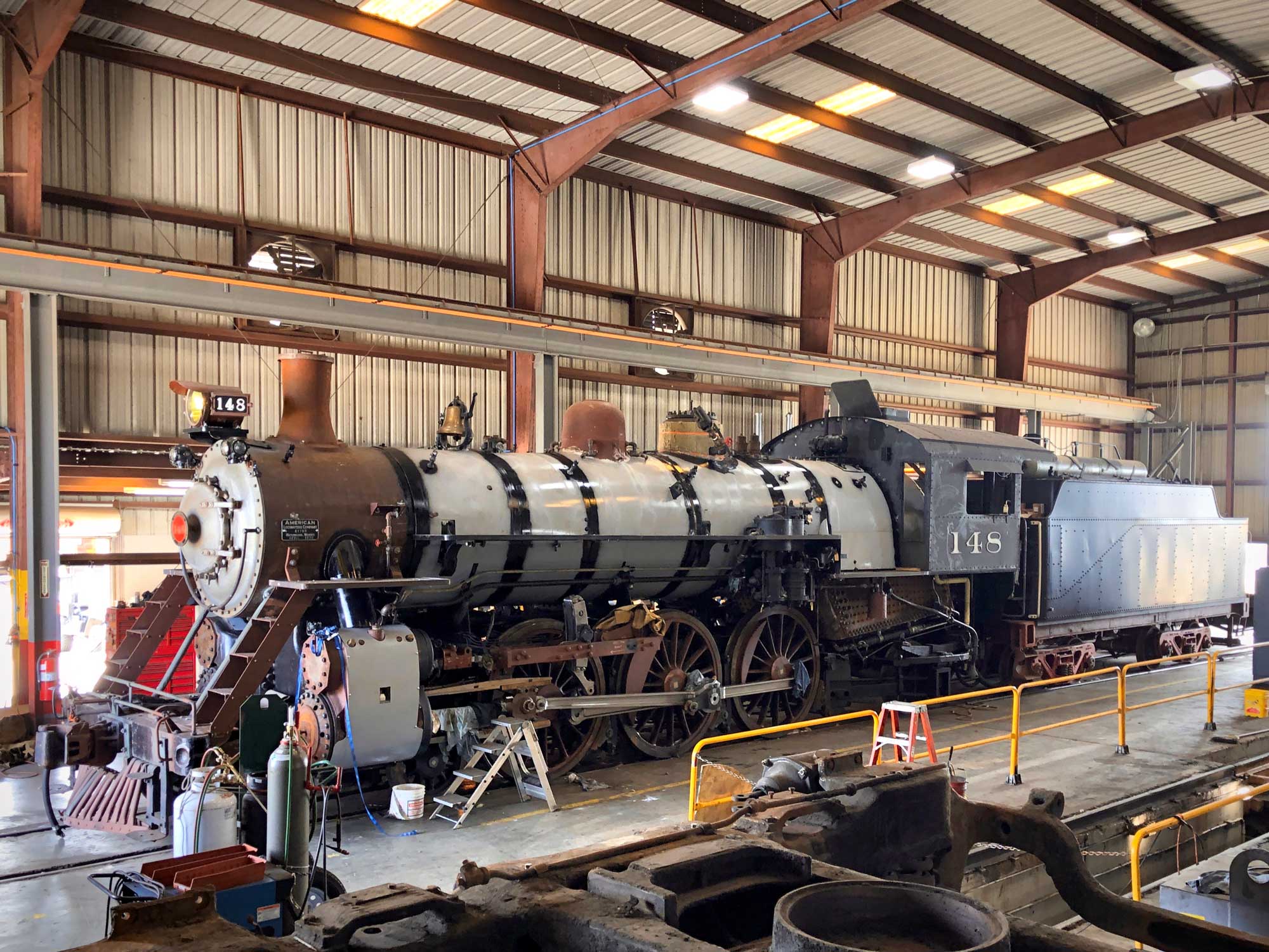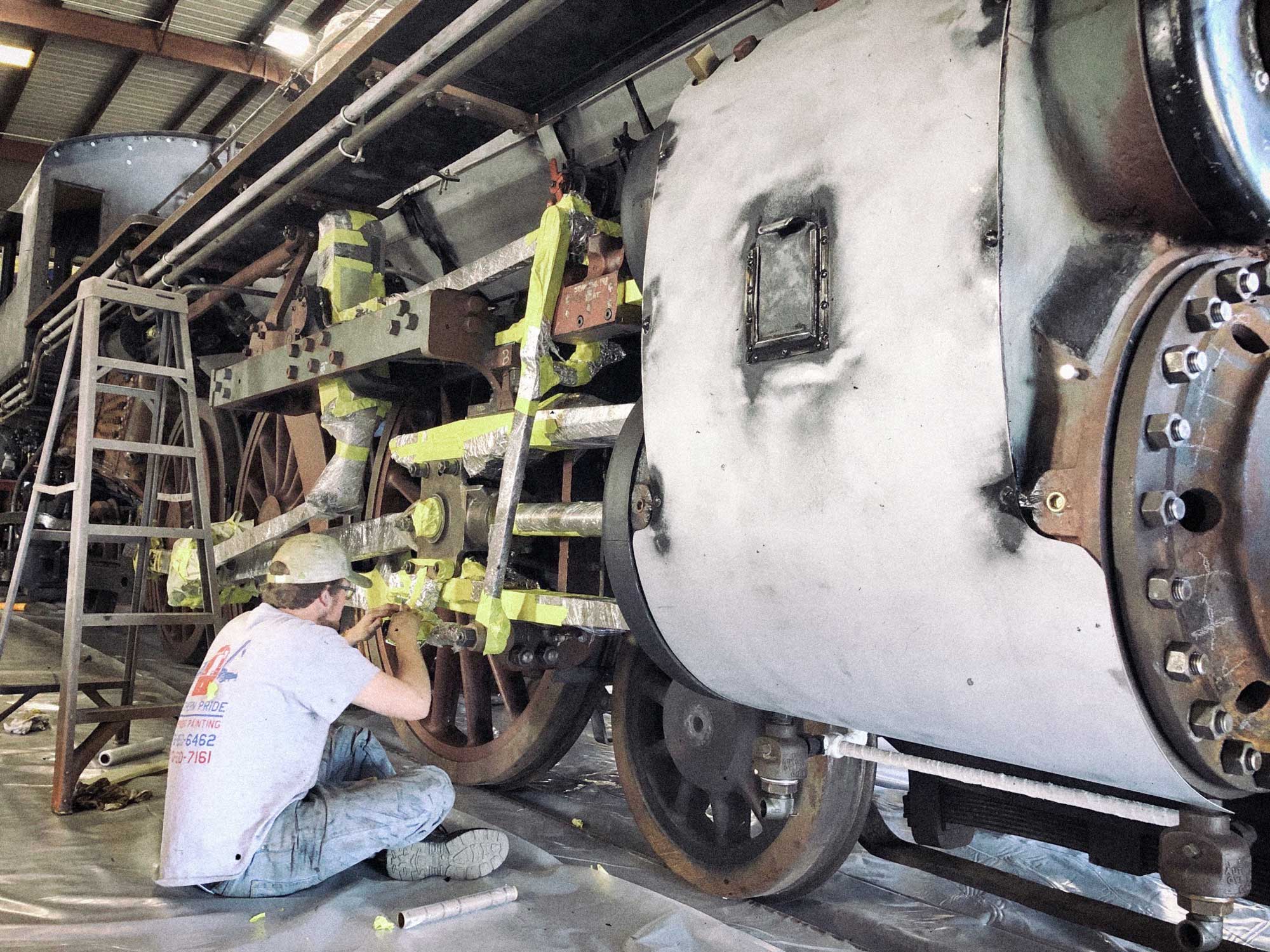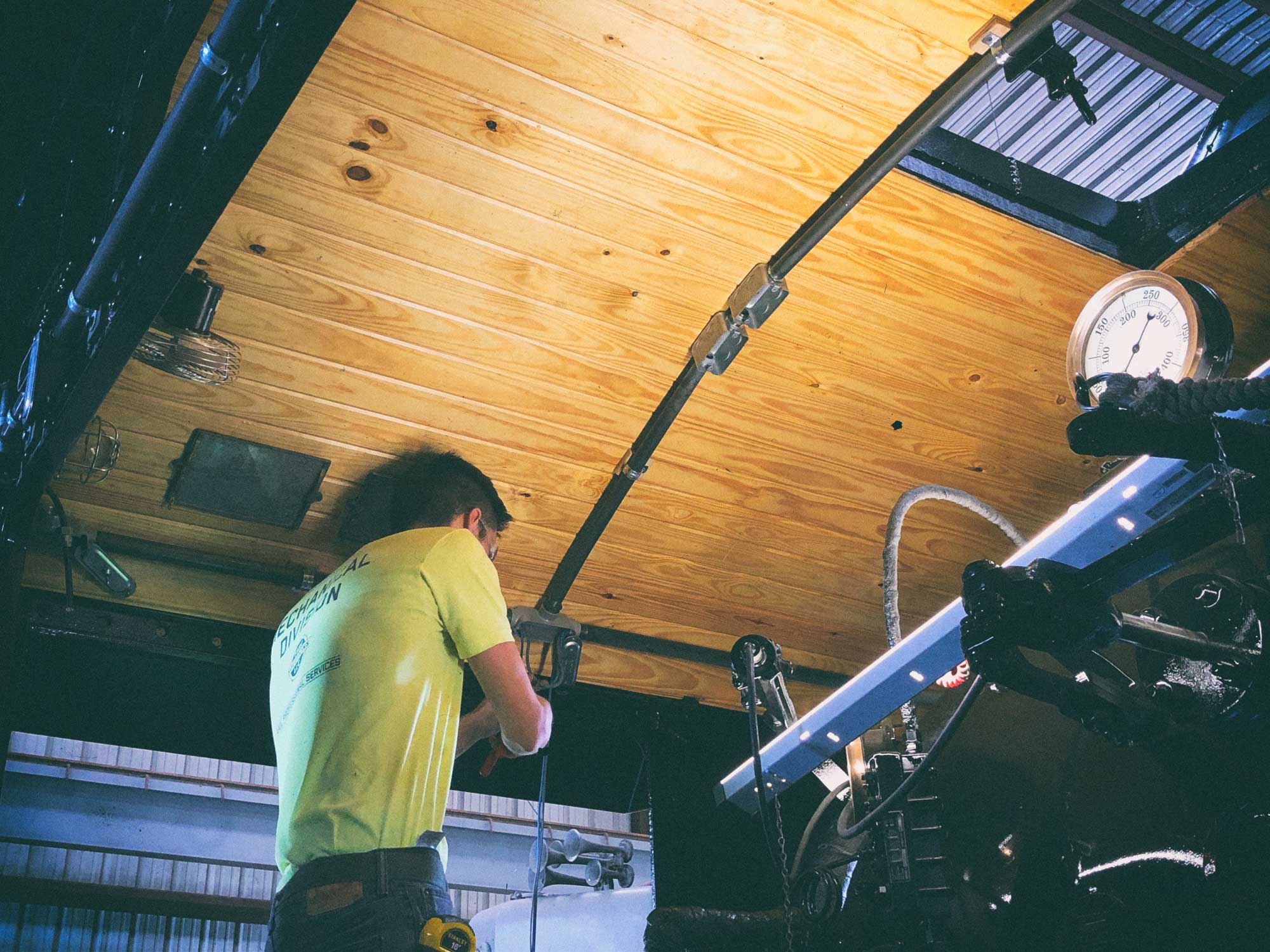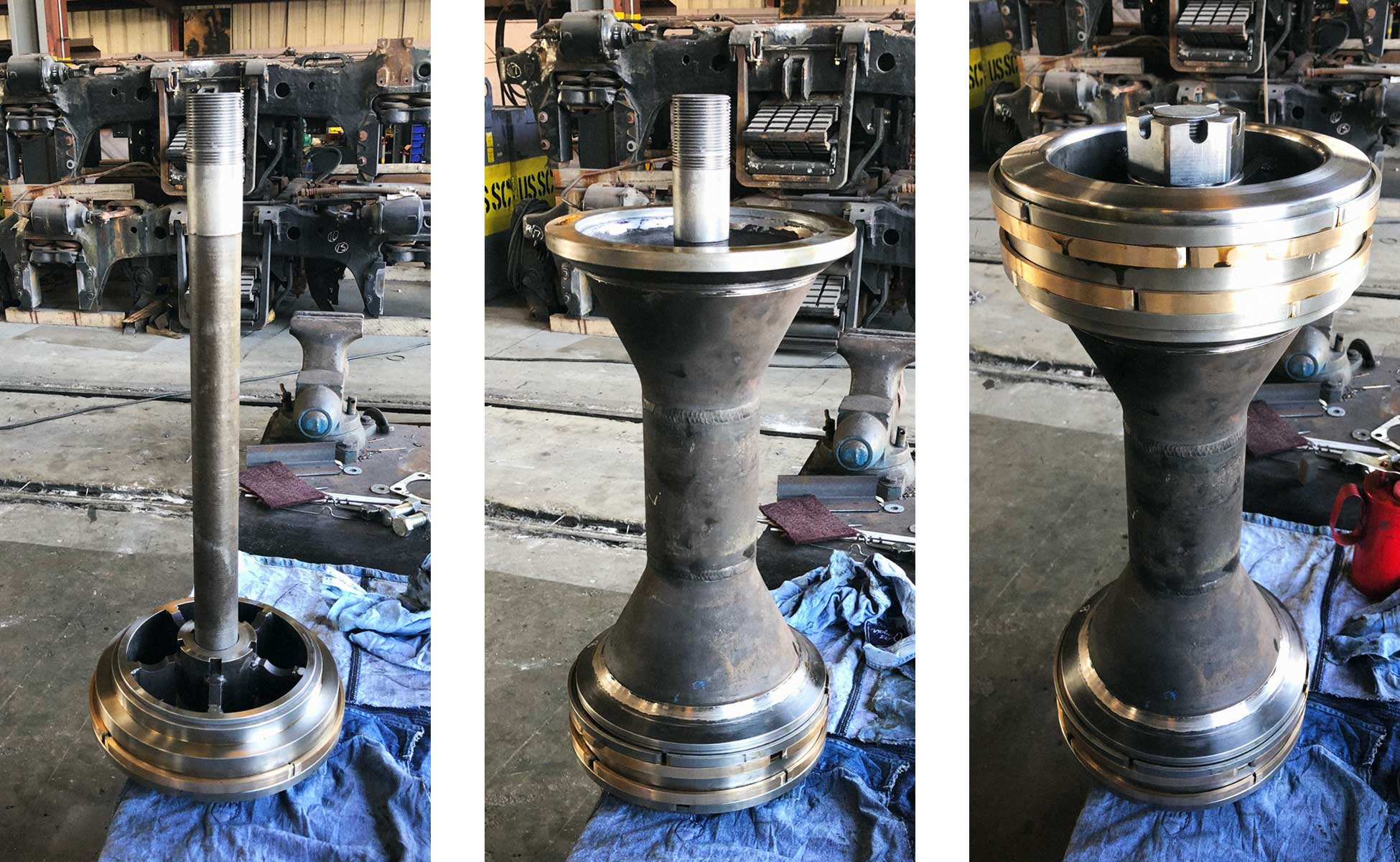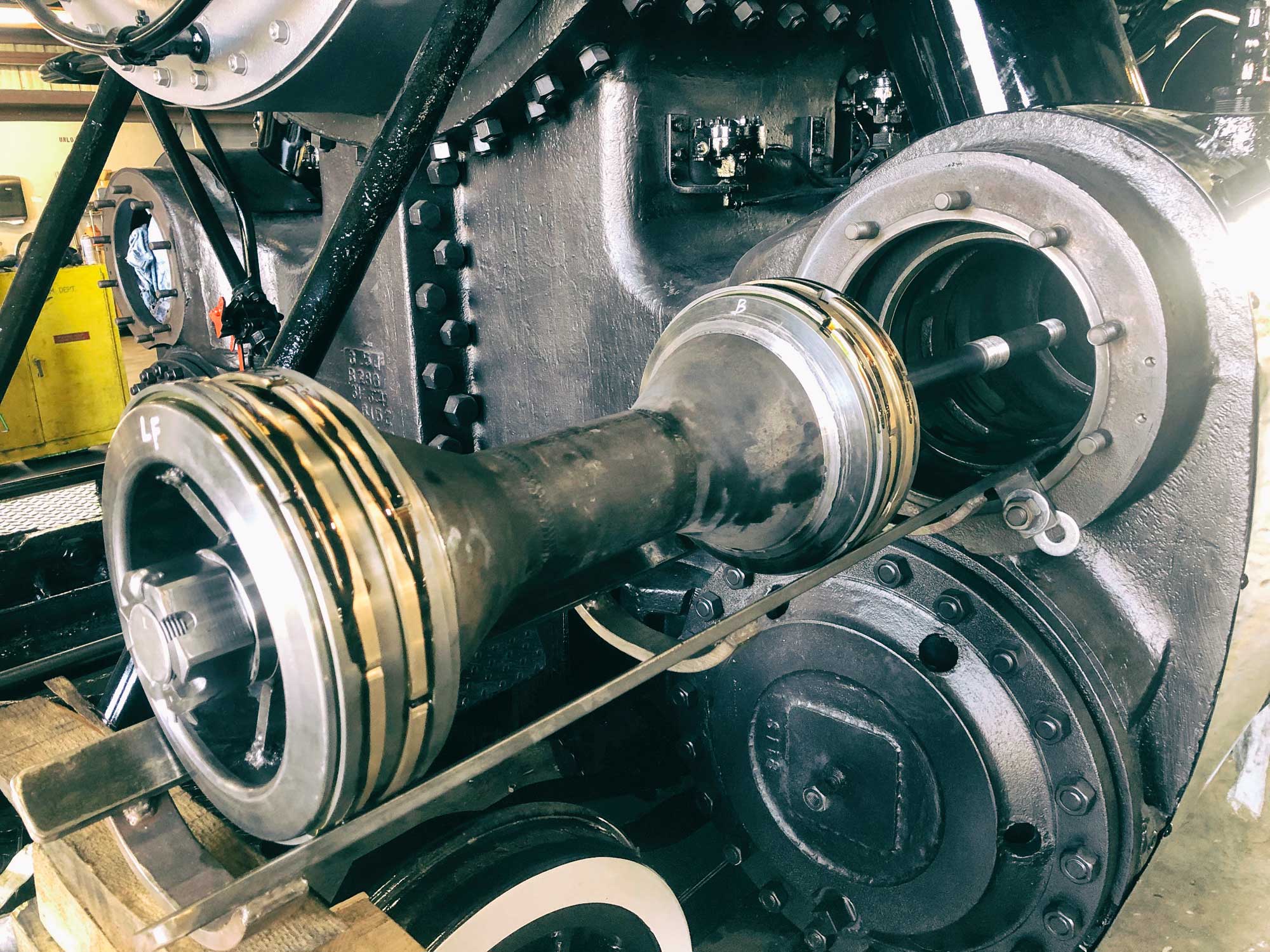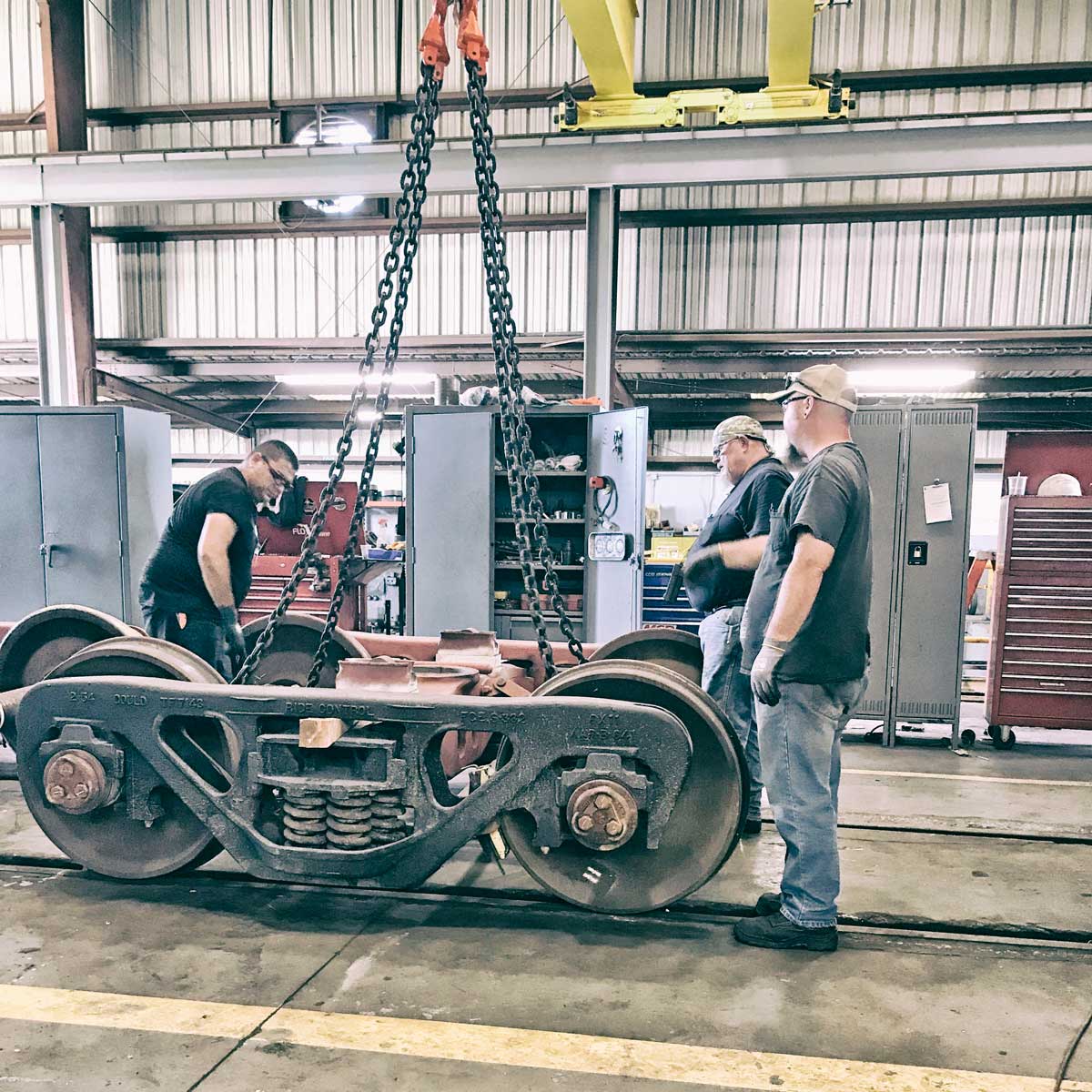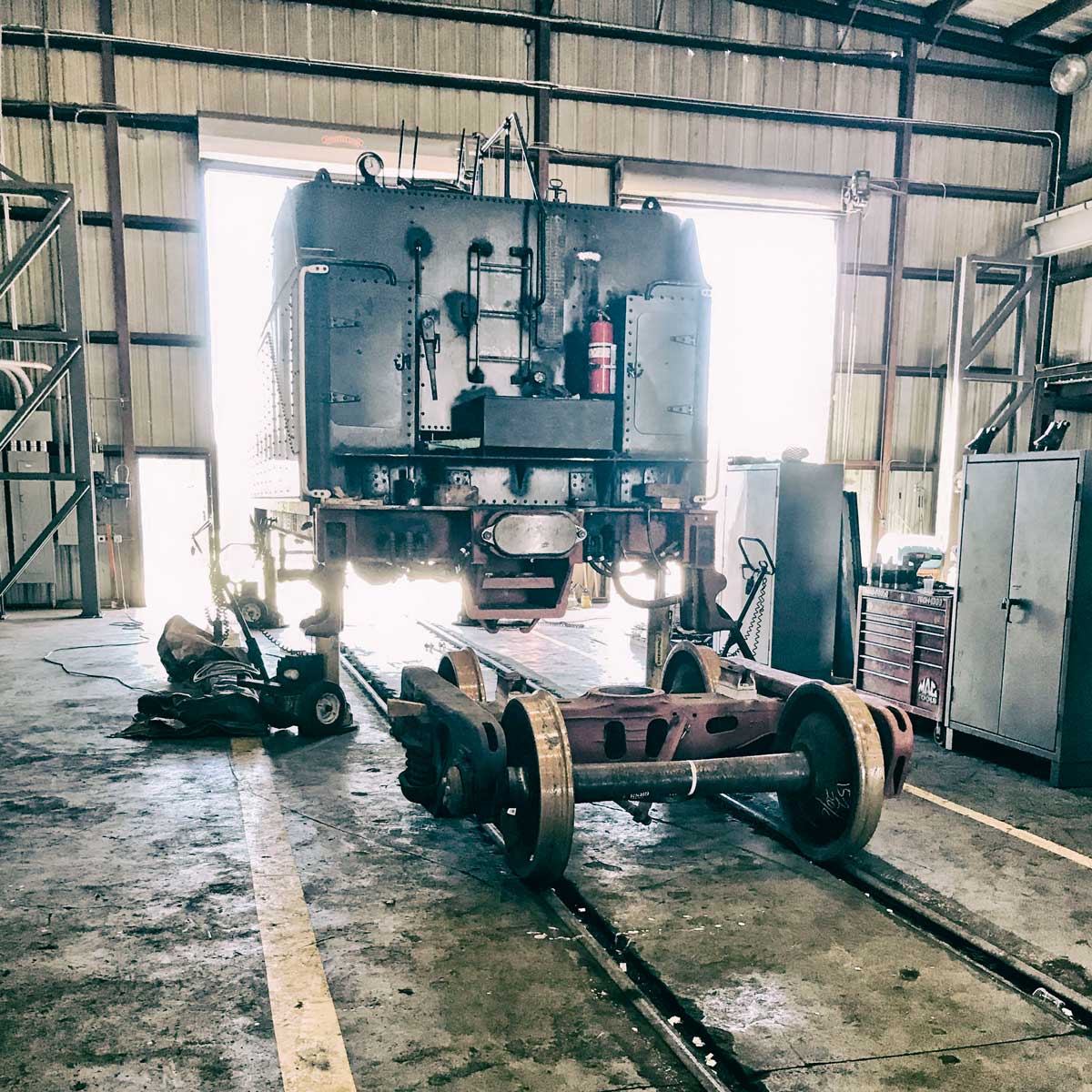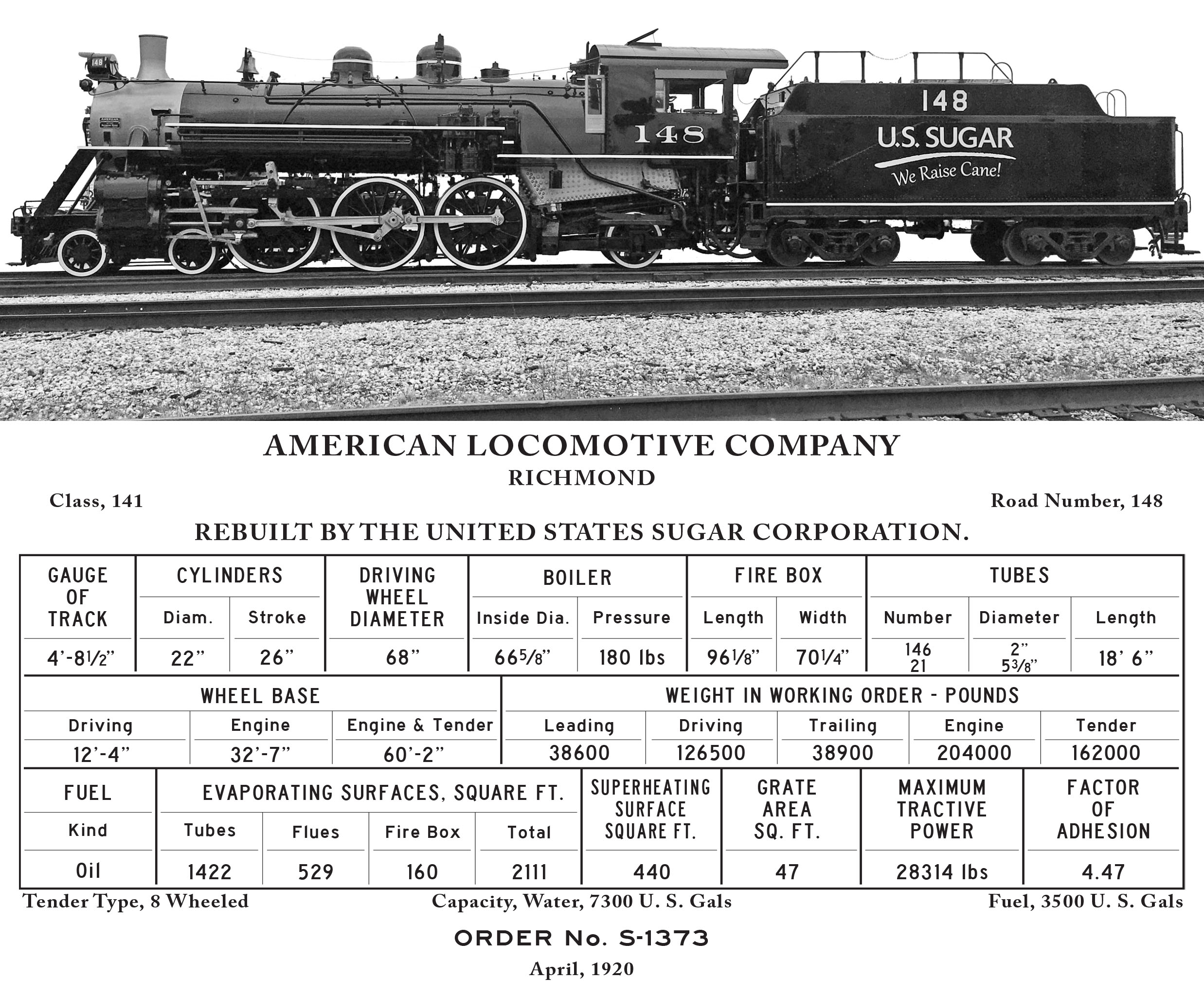- Q: Is it a real steam train?
- A: Yes! In fact, sometimes you can even see puffs of white steam (water vapor) emerging from different parts of the locomotive.
- Q: Does Sugar Express run in inclement weather?
- A: Sugar Express operates rain or shine. With the exception of our open-air car Miami Locks, all coaches fully covered, enclosed from the elements, and are climate-controlled. In the event of a hurricane advisory for our region, trips may be annulled and rescheduled.
- Q:Are there restroom facilities on the train?
A: Yes. - Q: Is your train air-conditioned?
- A: All ticketed coaches and first-class cars are air-conditioned.
- Q: If we are running late, will you hold the train for us?
- A: Passengers must arrive no later than 30 minutes prior to departure time to allow adequate time for parking and boarding. We cannot hold the train for late arrivals.
- Q: Will your train feature a diesel locomotive?
- A: The 148 is perfectly capable of operating the train on its own, but due to limited turning or run-around facilities on the railroad, many trips often include a diesel locomotive on the rear end of the train to allow for backup or return trips.
- Q: How old is your steam locomotive?
- A: Locomotive 148 is over 100 years old having been built in May of 1920. However, the locomotive just finished a complete overhaul with every part having been disassembled, inspected, and refurbished or upgraded as needed – it is basically in better-than-new condition!
- Q: How fast can it go?
- A: The large main driving wheels show that Number 148 was designed as a fast passenger engine. It is capable of reaching 70 MPH, although the speed limit on our railroad is 40 MPH.
- Q: What fuel does it use?
- A: In keeping with US Sugar’s commitment to the environment and the agricultural industry, No. 148 burns waste vegetable oil. This sustainable fuel combined with an improved combustion system make locomotive 148 one of the cleanest steam locomotives in the world!
- Q: So how do you “upgrade” a historic steam train?
- A: While there are limits to what can be done, locomotive 148 received a number of modifications aimed at improving safety, efficiency, reliability, and emissions. The axles received one of two types of improved bearings which makes it easier for the locomotive to roll down the tracks. The important main driving axle bearings even include wireless temperature sensors to alert the engineer if there is a problem. The burner system, while similar to other proven burner designs, features carefully placed air openings mimicking those found in modern jet engines to help minimize smoke. The heart of any steam locomotive is its exhaust nozzle and smokestack where the steam and fire meet. These critical components were redesigned using jet engine technology to help improve efficiency. Lastly, a modern radio and speaker system were installed in the cab allowing both fireman and engineer to hear instructions from the dispatcher.
